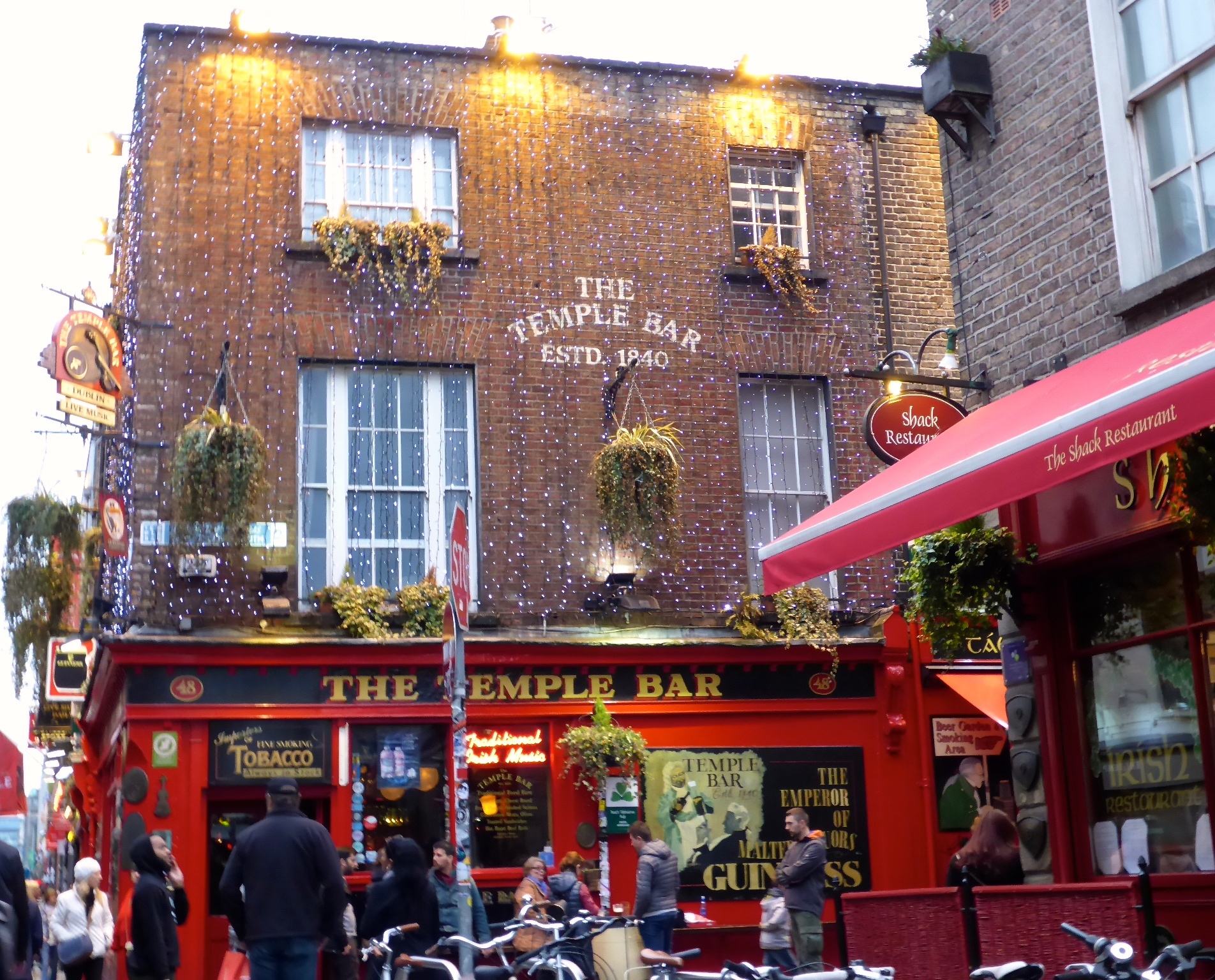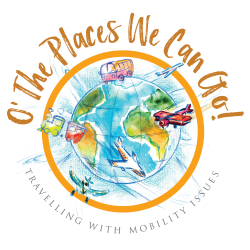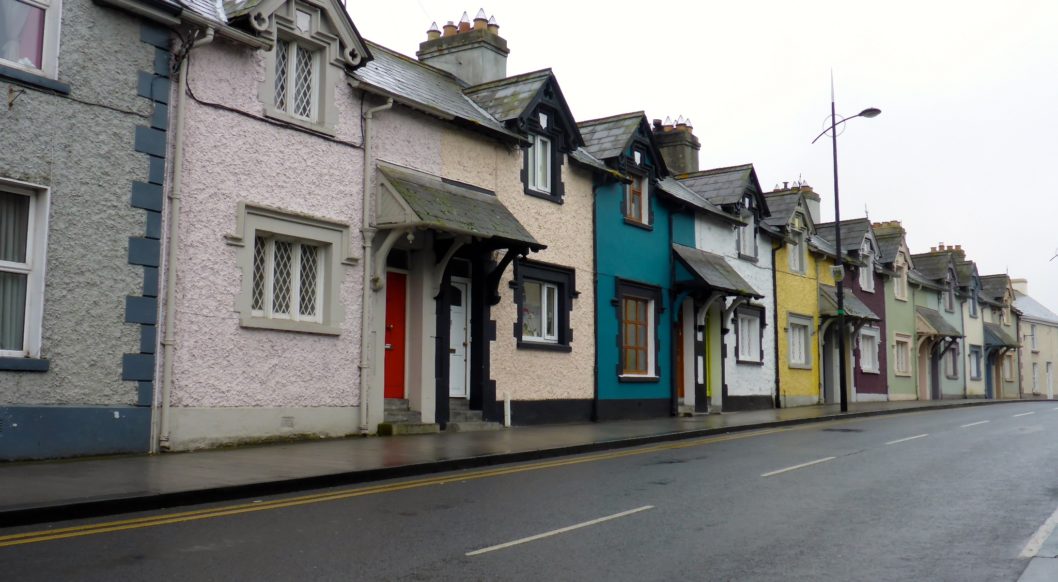
Irish Celtic Tour
Have you ever heard of a Celtic tour before? If you haven’t and you find yourself travelling to Ireland, I would encourage you to check it out. I had only heard about it once I arrived to this beautiful country. So for this part of my journey, I headed to County Meath for a drive throughout Boyne Valley. Located north of Dublin, this is a part of Ireland that had a role of Irish politics for many years.
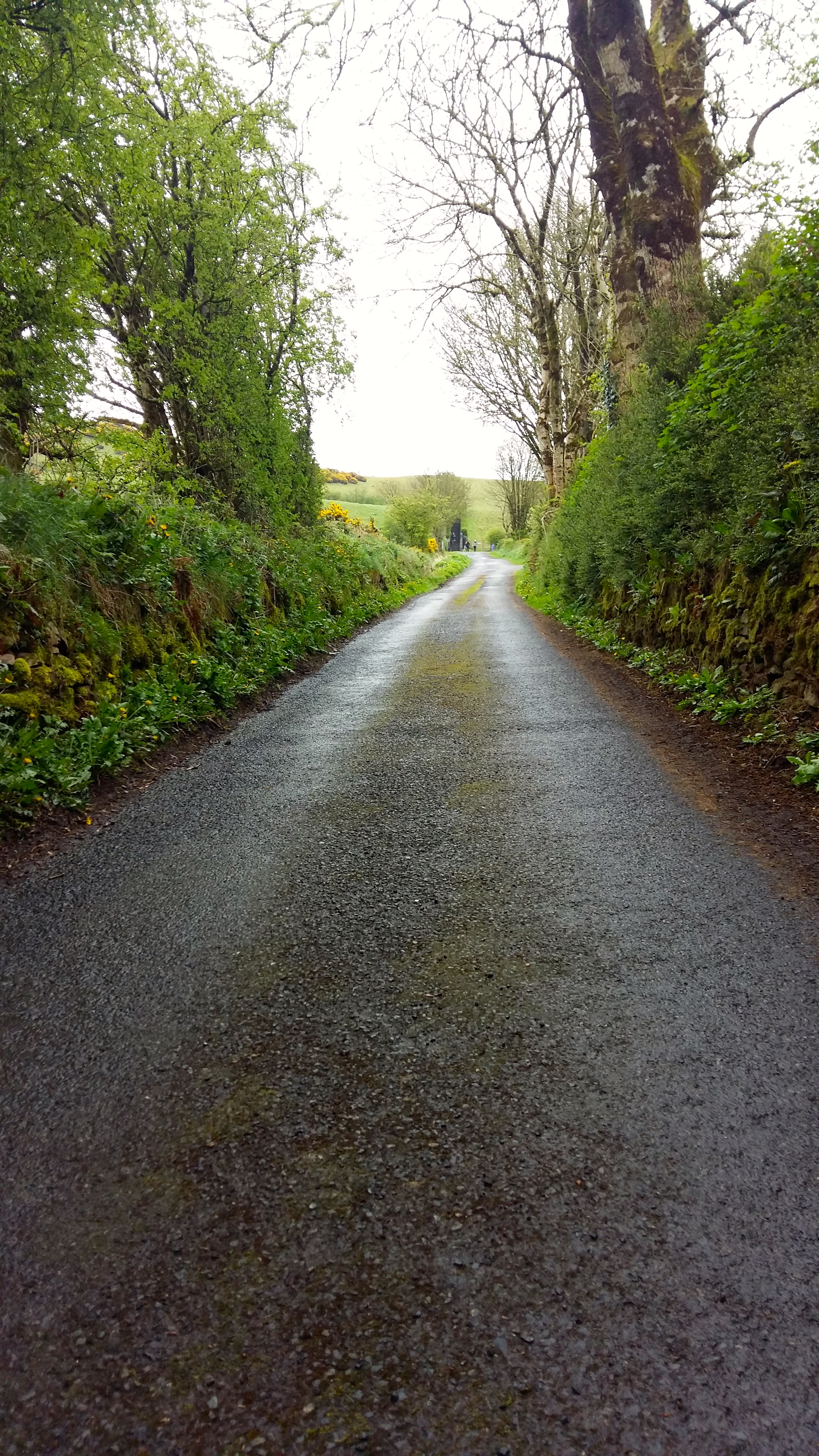
Let’s take a journey through time
Hill of Tara
Hill of Tara is a fantastic historical tale. Ancient Irish High Kings were inaugurated here, and at the summit of the hill is an oval shaped enclosure, known as Ráith na Ríogh (the Fort of the Kings). This enclosure contained a Forradh (Royal Seat) and a standing stone, which is believed to be the Lia Fáil (Stone of Destiny) at which the High Kings were crowned. According to the tour guide, the stone would scream if a series of challenges were met by the would-be king but would roar with joy if the rightful High King placed his feet on it. Either way, at his touch the stone would let out the sound that could be heard all over Ireland.

En route to our next stop, we passed Bective Abbey, which was featured in the 1995 movie Braveheart…. For all you movie buffs, there is a lot of Braveheart places along the way on this tour.

Trim Castle
As we continued our drive through the Irish countryside, you’ll continue to see lush and picturesque landscapes. As was evident when we headed to the town of Trim, home of the impressive Anglo-Norman castle.
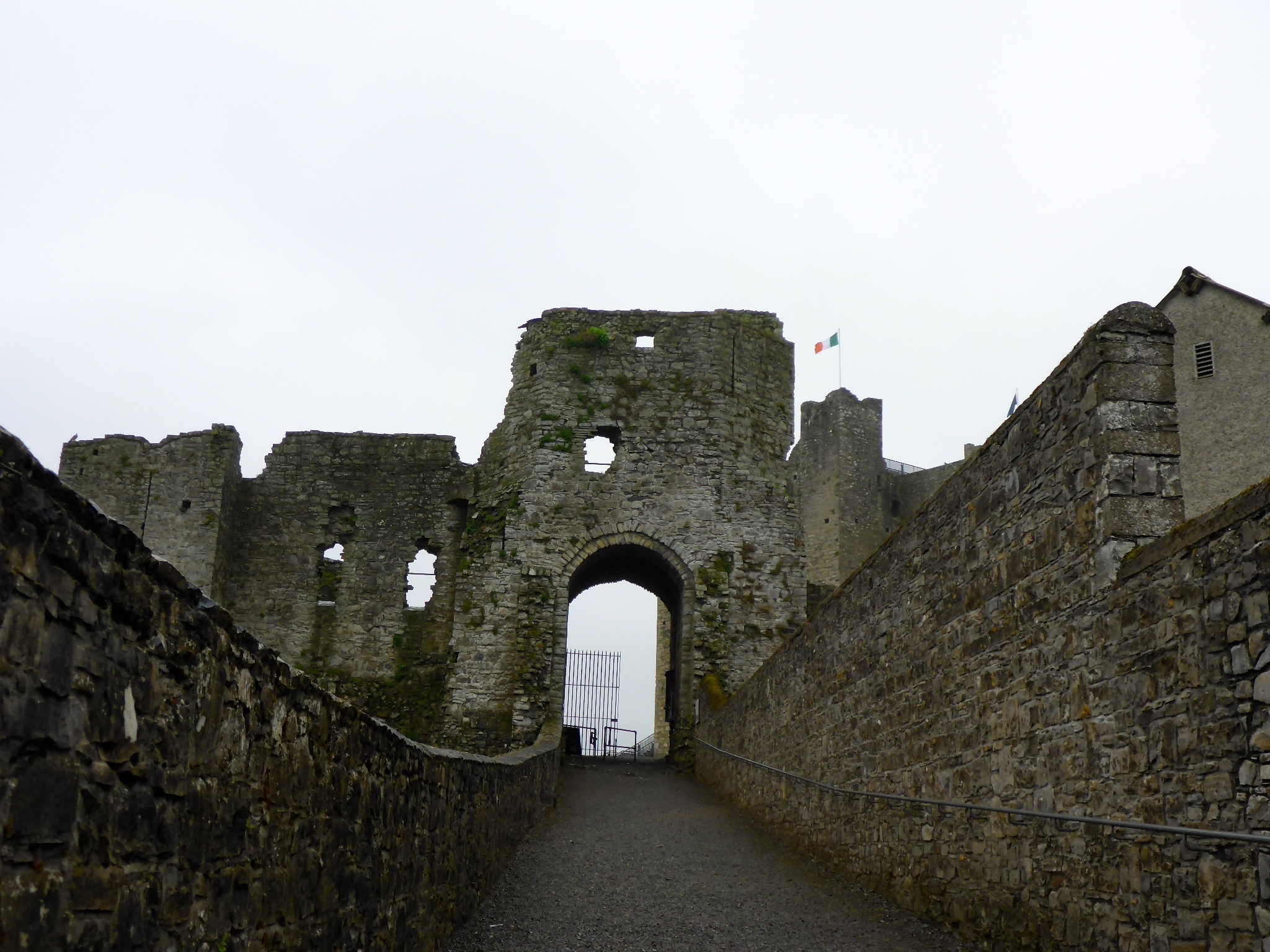
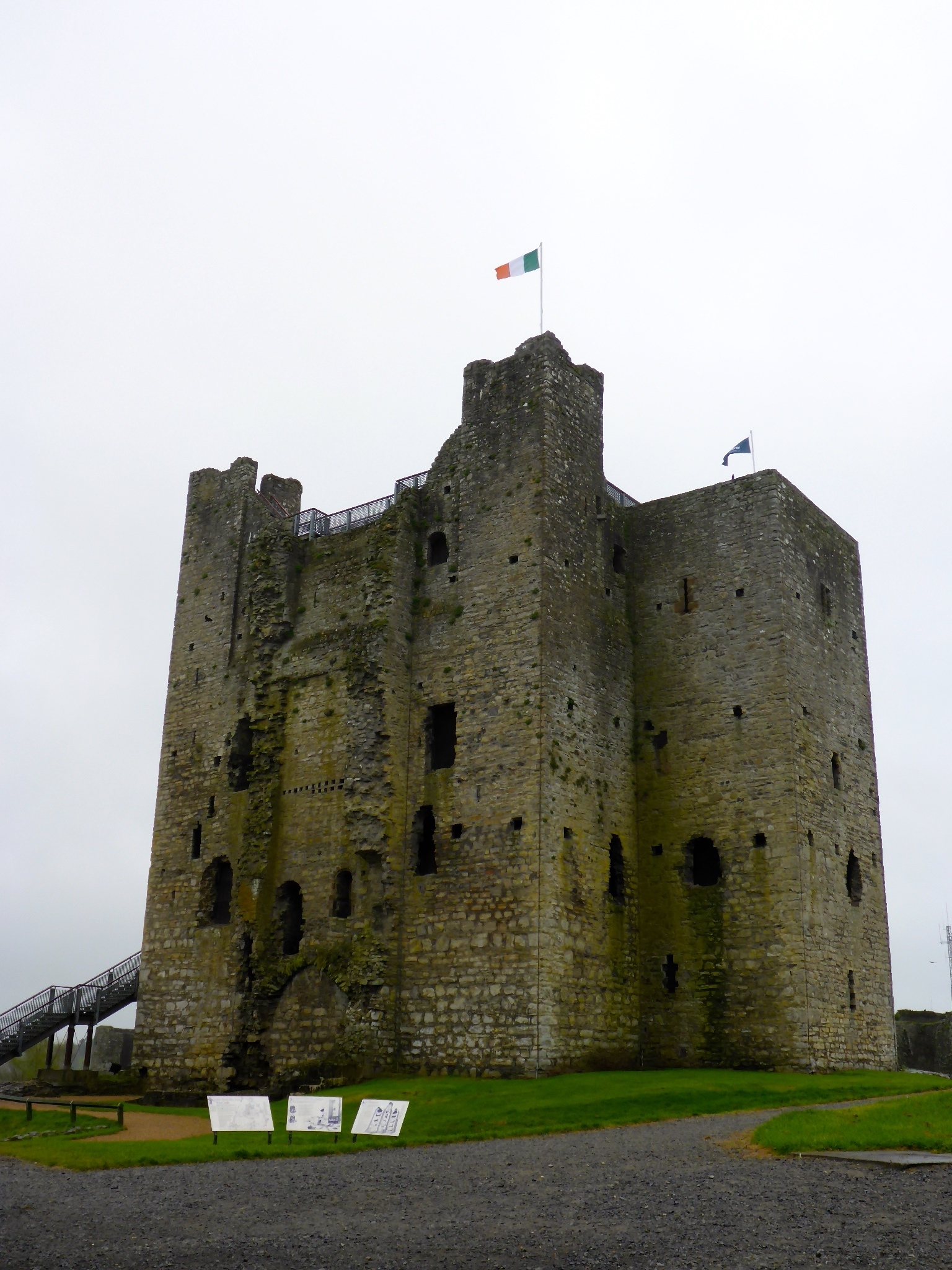
Trim Castle
Trim Castle is the largest castle of its type in Ireland. The castle itself is well preserved, and while on this tour, you will have time to explore the sprawling castle and its stunning grounds. It is important to note that although you cannot go inside the castle, you will still be able to experience some fantastic photo opportunities like I did. So enjoy exploring the grounds of this magnificent stronghold that is still standing after 800 years!

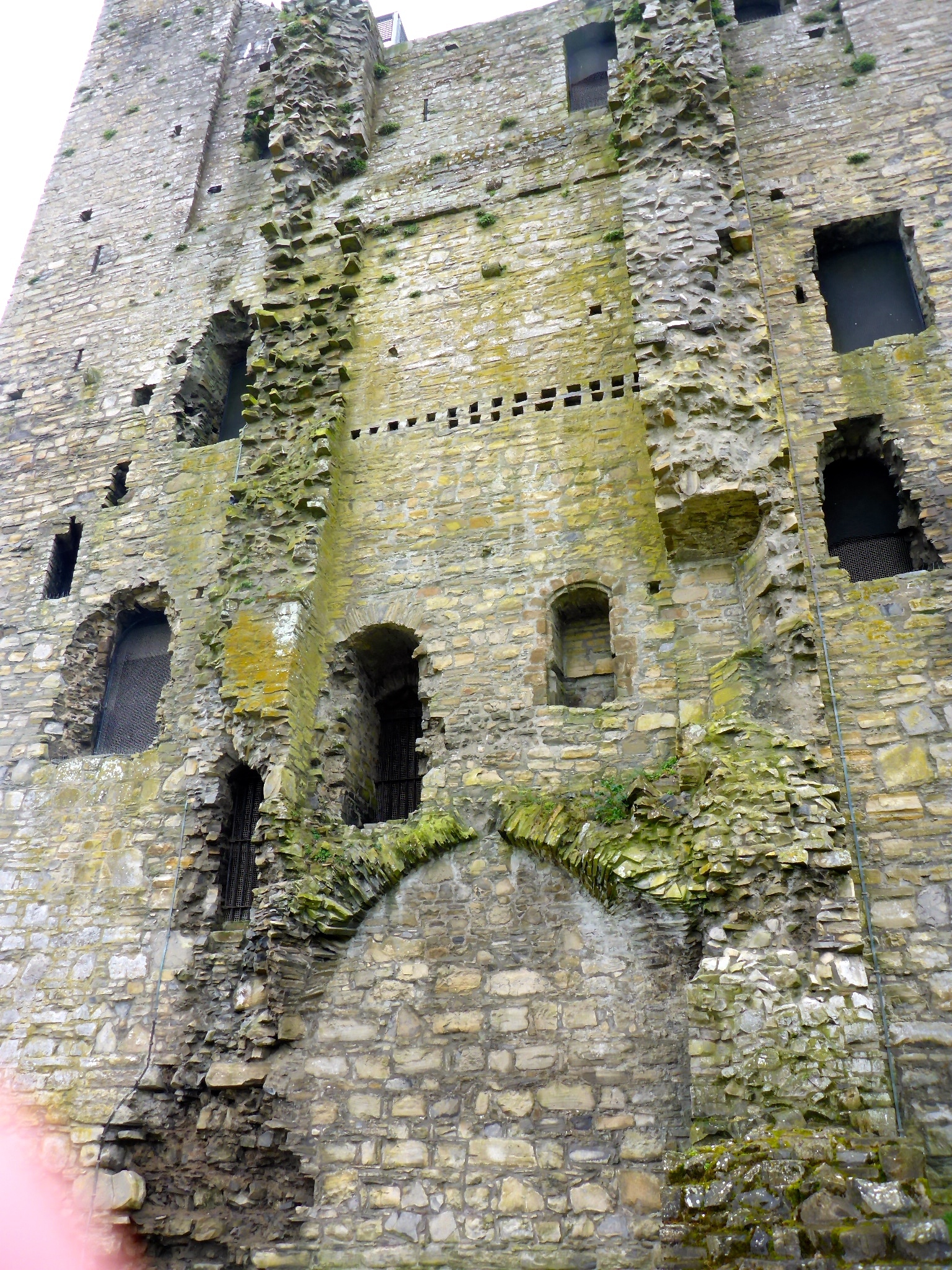
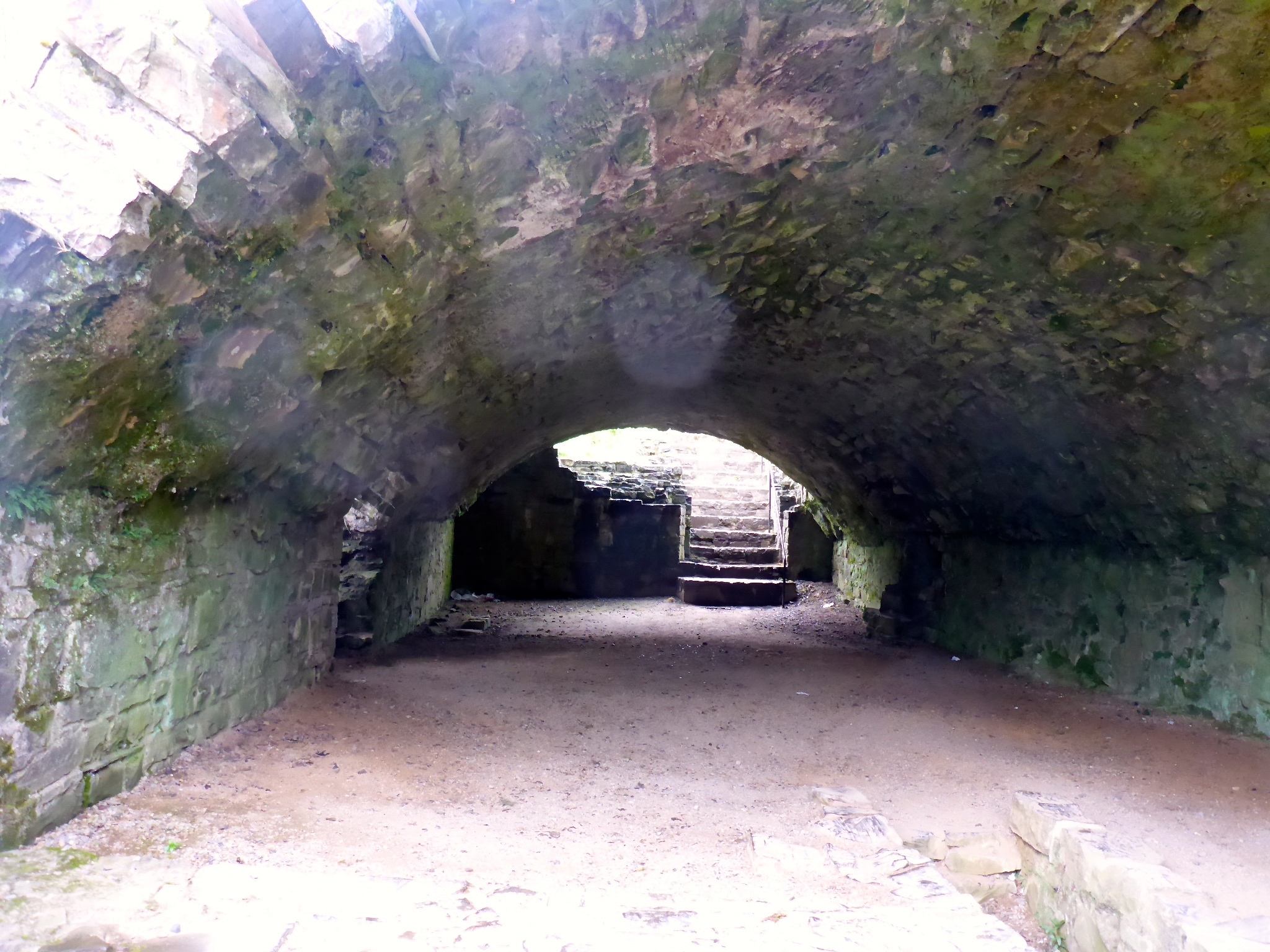
The stone steps can be treacherous for those with mobility issues, so be careful going down as there is not a lot to grab onto, and for all you taller people, watch your heads!
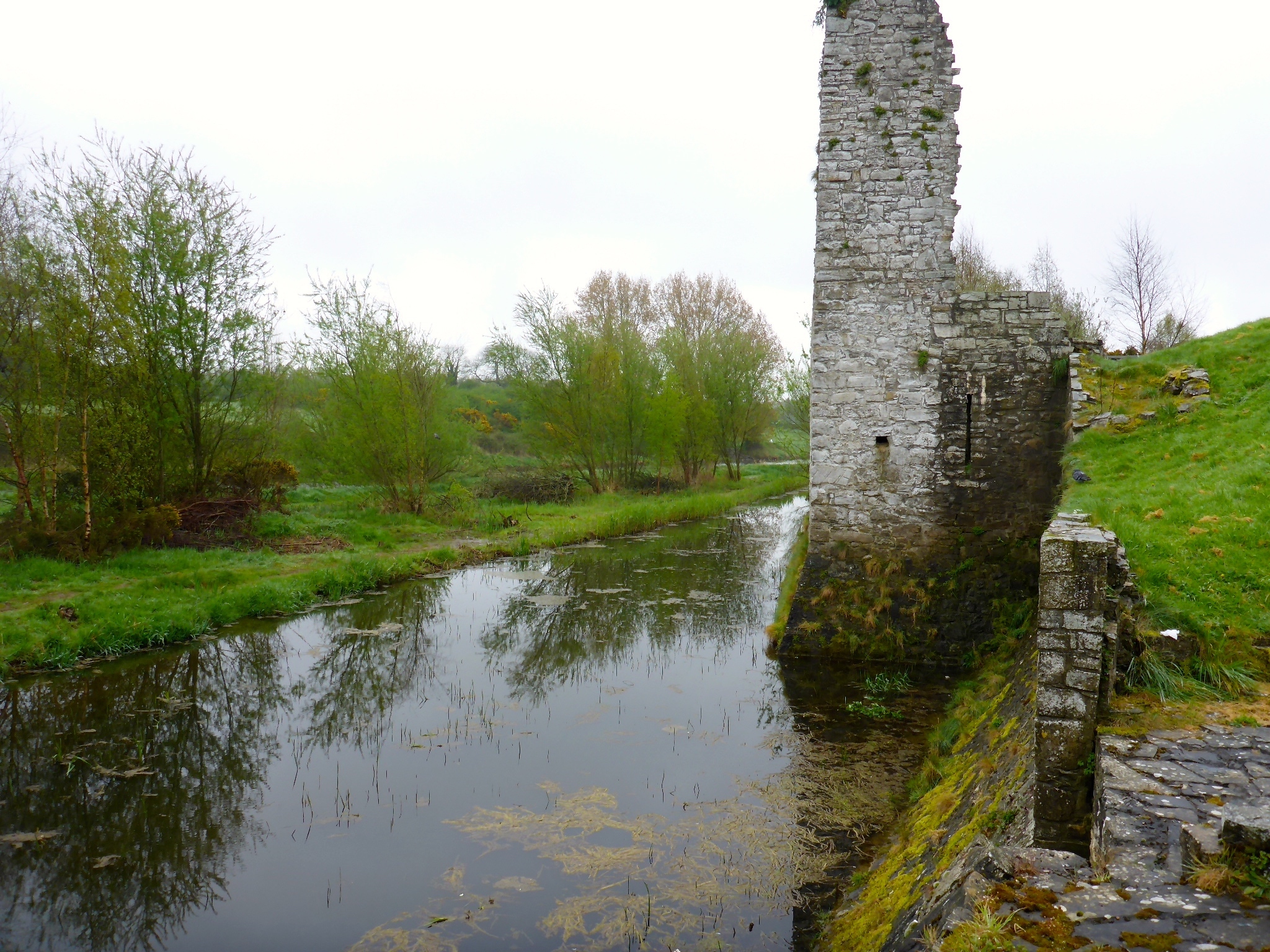
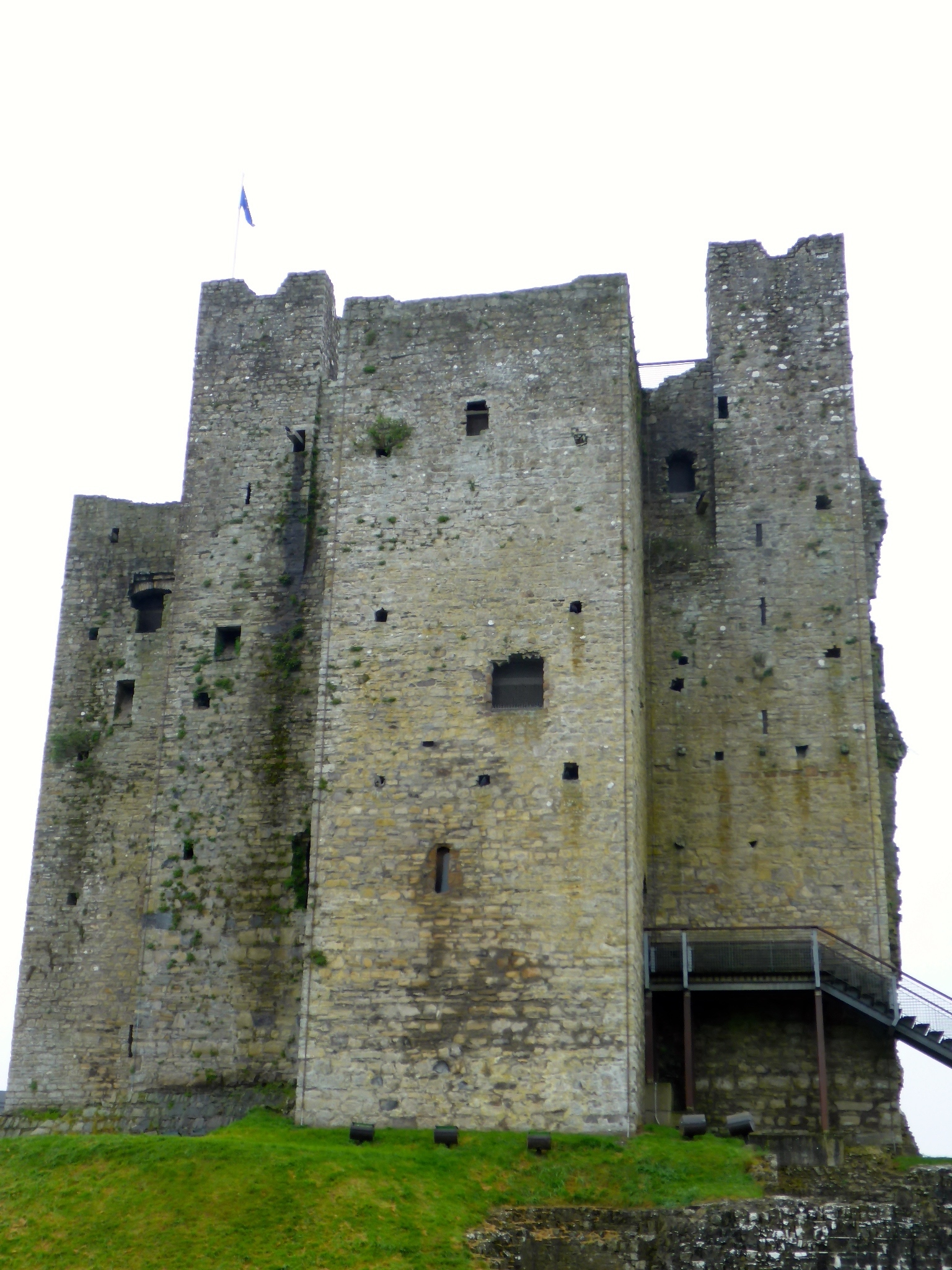
Loughcrew Passage Tomb
Our next stop was to the sacred site of Loughcrew. It is one of the most important prehistoric cemeteries in Ireland with around 30 passage tombs.
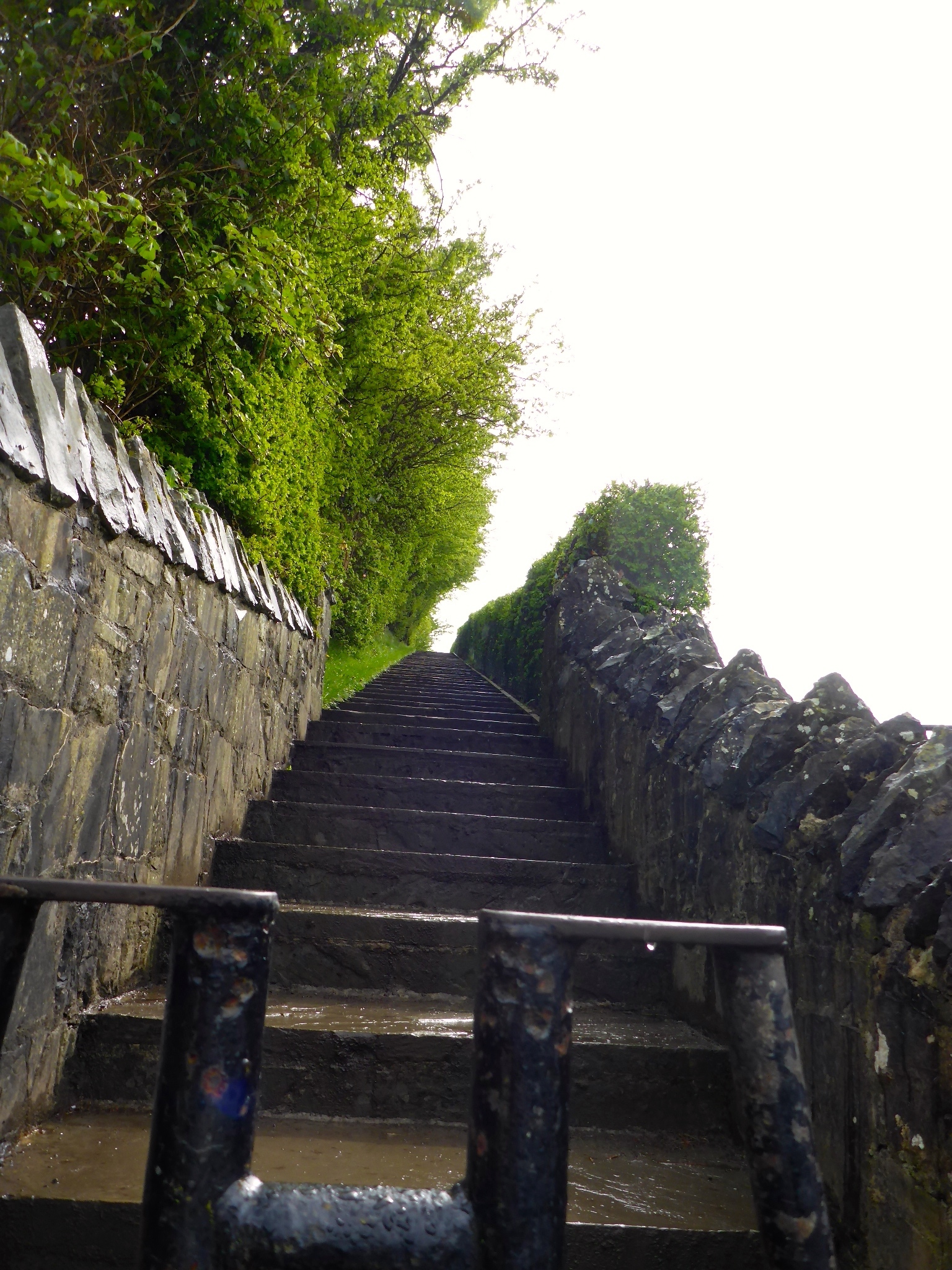
The ascent begins!
In order to access this site however, you need to walk to the top of the hill. I don’t think it is a difficult hike, but as always, pace yourself and take your time. The four hilltops that make up the area, and the tombs are known as Slieve na Galliagh, and are the highest point in County Meath. So by taking your time, you can look back and see the point of where you are as you continue to ascend. I went on a gloomier kind of day but as you can see from my photos, it still offered some spectacular views!

So many beautiful rolling hills that are lushed with many shades of green.
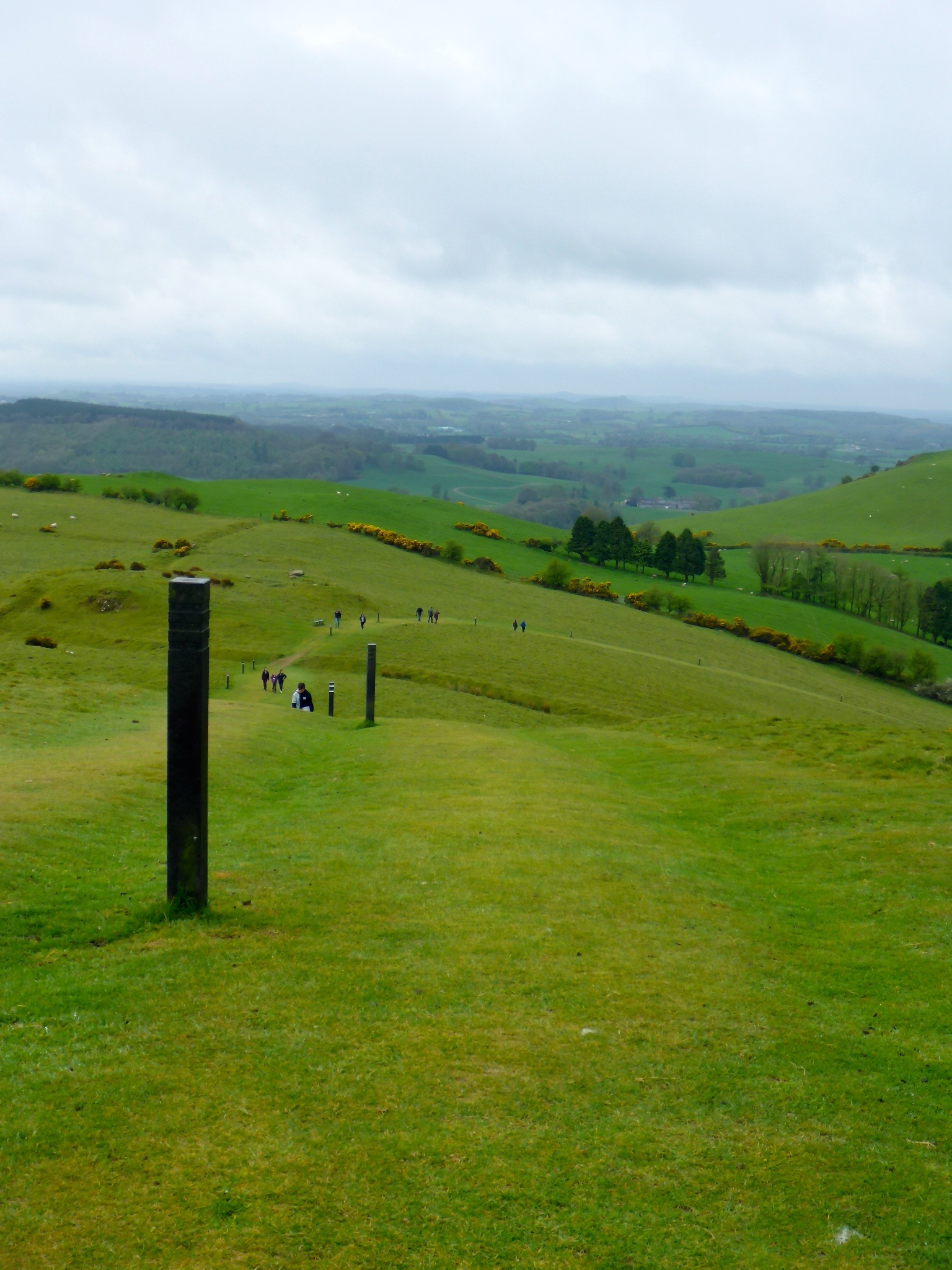
The path up is marked by posts. The incline is fairly gradual, so not too bad. However there aren’t many opportunities to sit down for those who may need to, so be mindful of that.

You will find during your hike up that the rolling hills are freckled with sheep! Many fields in Ireland do not have fencing like you find in North America because there are no natural predators to the sheep of the land, so there is no need for a fence. However sometimes you will find a low stone wall, a floral or bushy plant grown in a row, or maybe even the odd barbed wire fence that marks off an area. Mostly though, I saw no fence, and all the sheep had various spray paint markings and colours on them that farmers and their owners can tell which of the sheep belong to each other.
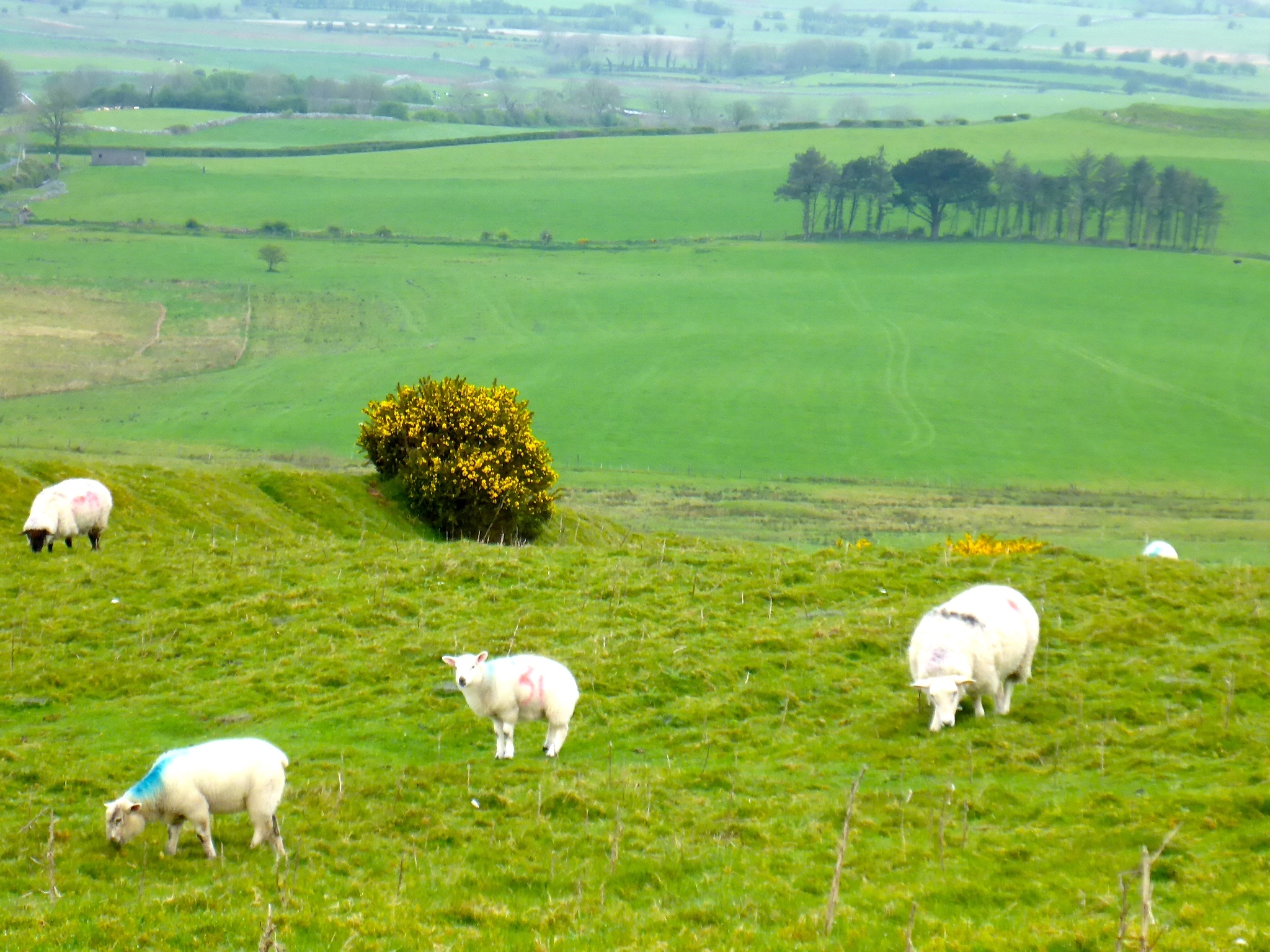
The marked sheep
Once you arrive to the top of the hill, you will see the cluster of Megalithic Cairns.
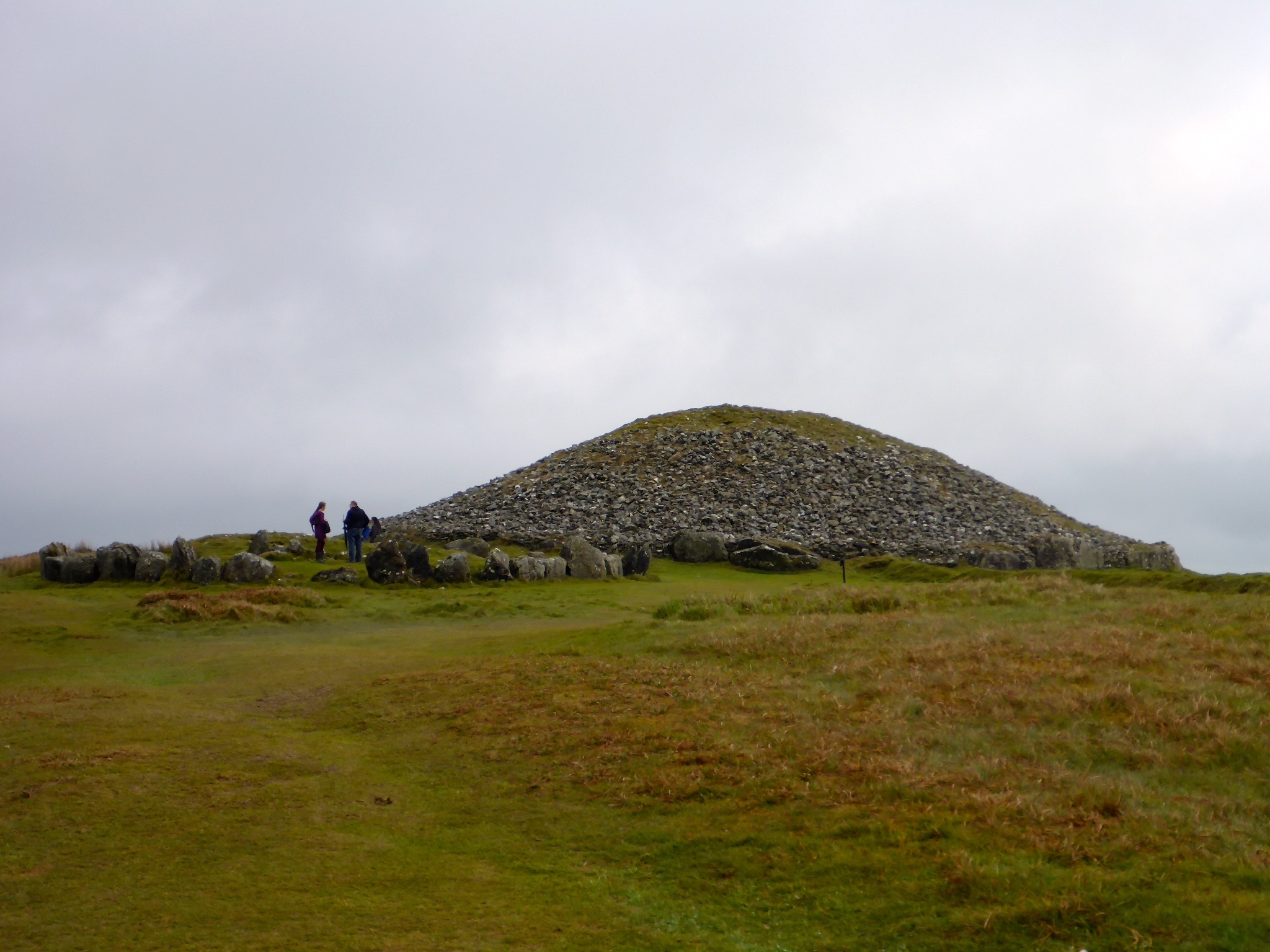
Around the site you will also find an entrance into the tomb, 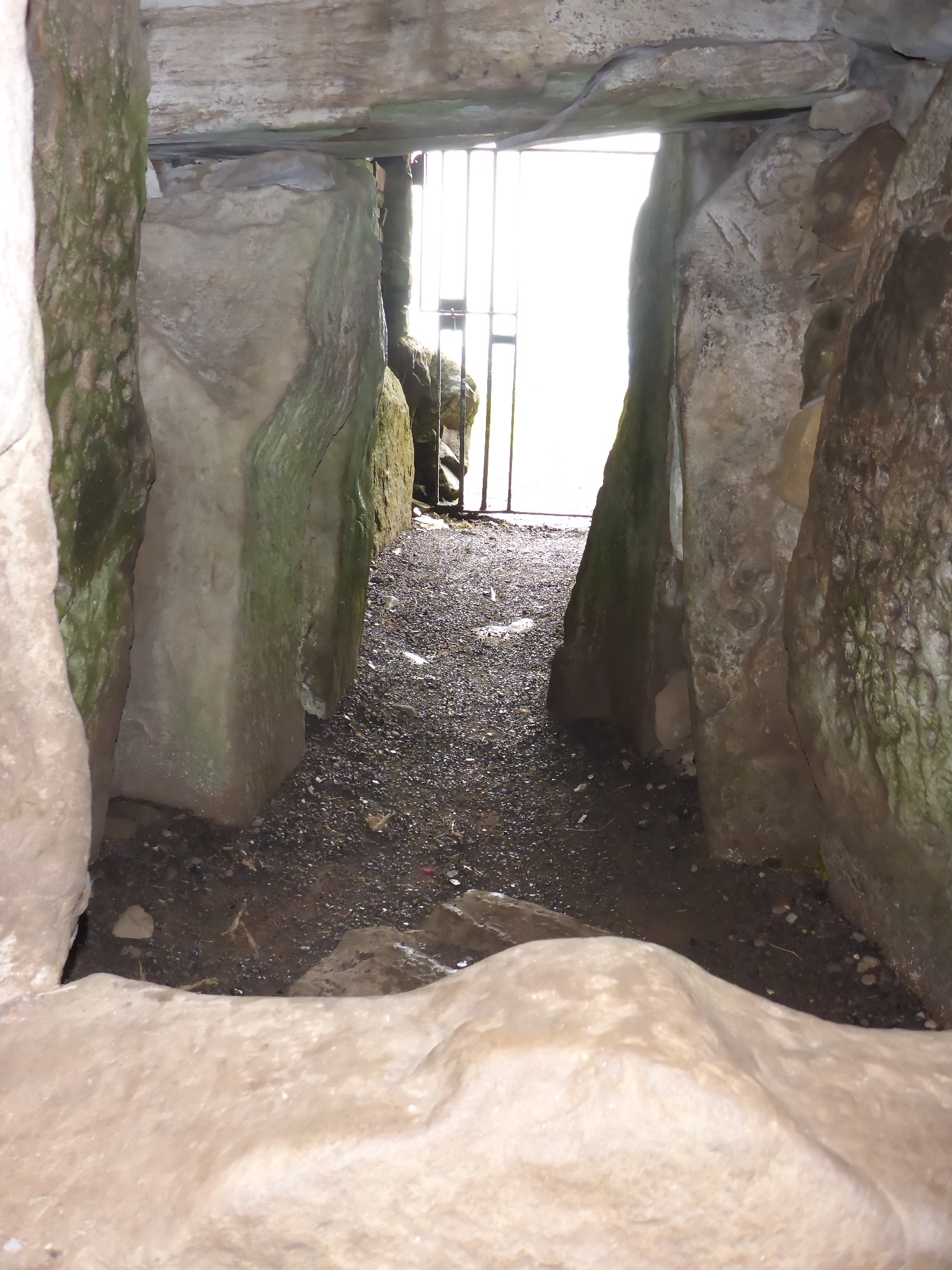 and the Celtic designs that are carved into the rock walls and ceiling of the tomb that date back over 5,000 years. The way that the megalithic cairns are situated was a way for measuring time.
and the Celtic designs that are carved into the rock walls and ceiling of the tomb that date back over 5,000 years. The way that the megalithic cairns are situated was a way for measuring time.
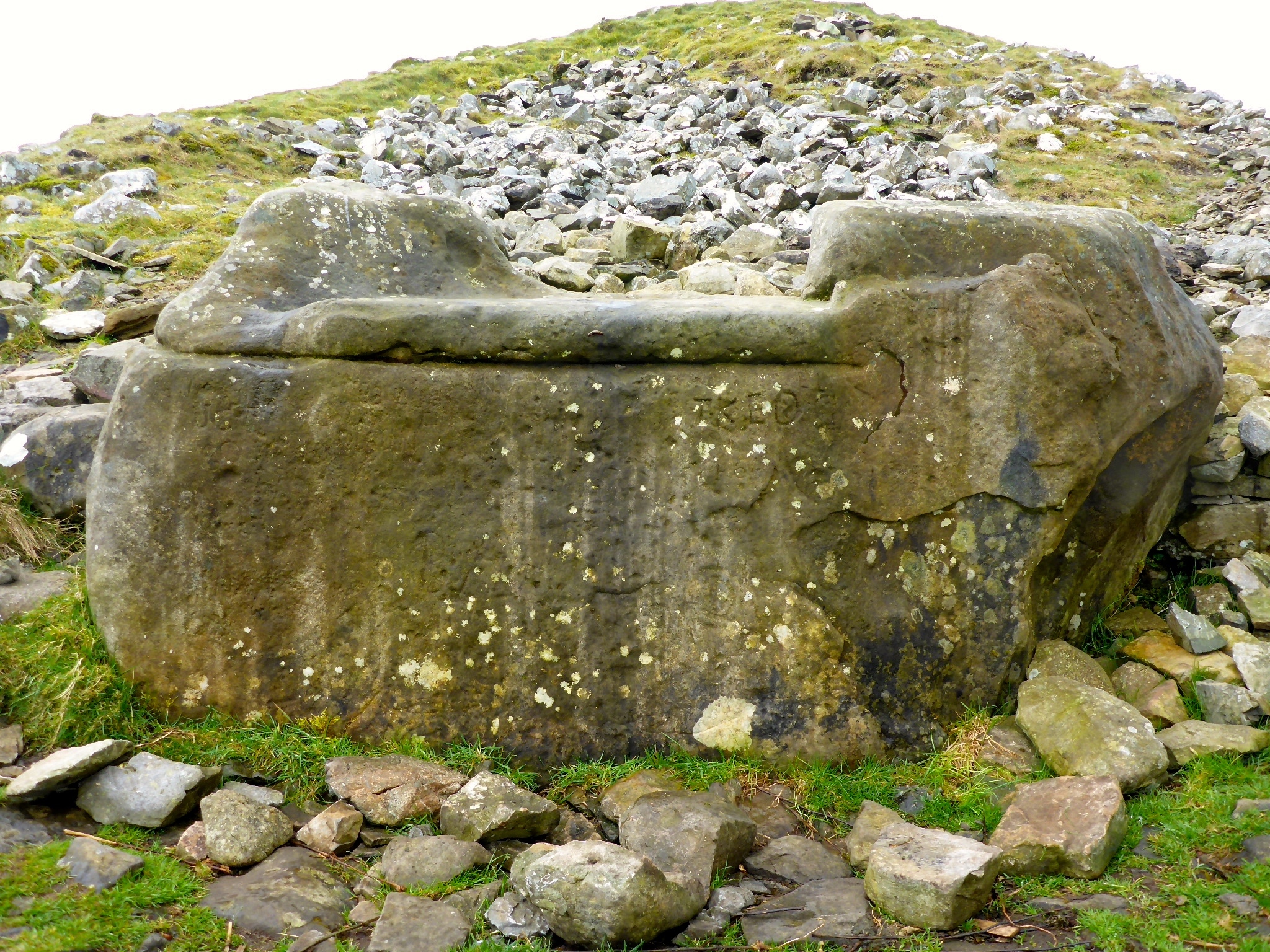
Hags chair that you can sit on. It is huge.
As previously mentioned, the area is known as Slieve na Galliagh, which yields two translations; one being “hill or mountain of the witch,” and two being “mountain of the Cailleach.” Cailleach is the divine hag of Irish mythology. You can hear locals and tour guides alike tell you about the fantastic historical and mythical legends that surround this area. Truly an exceptional and impressive experience.
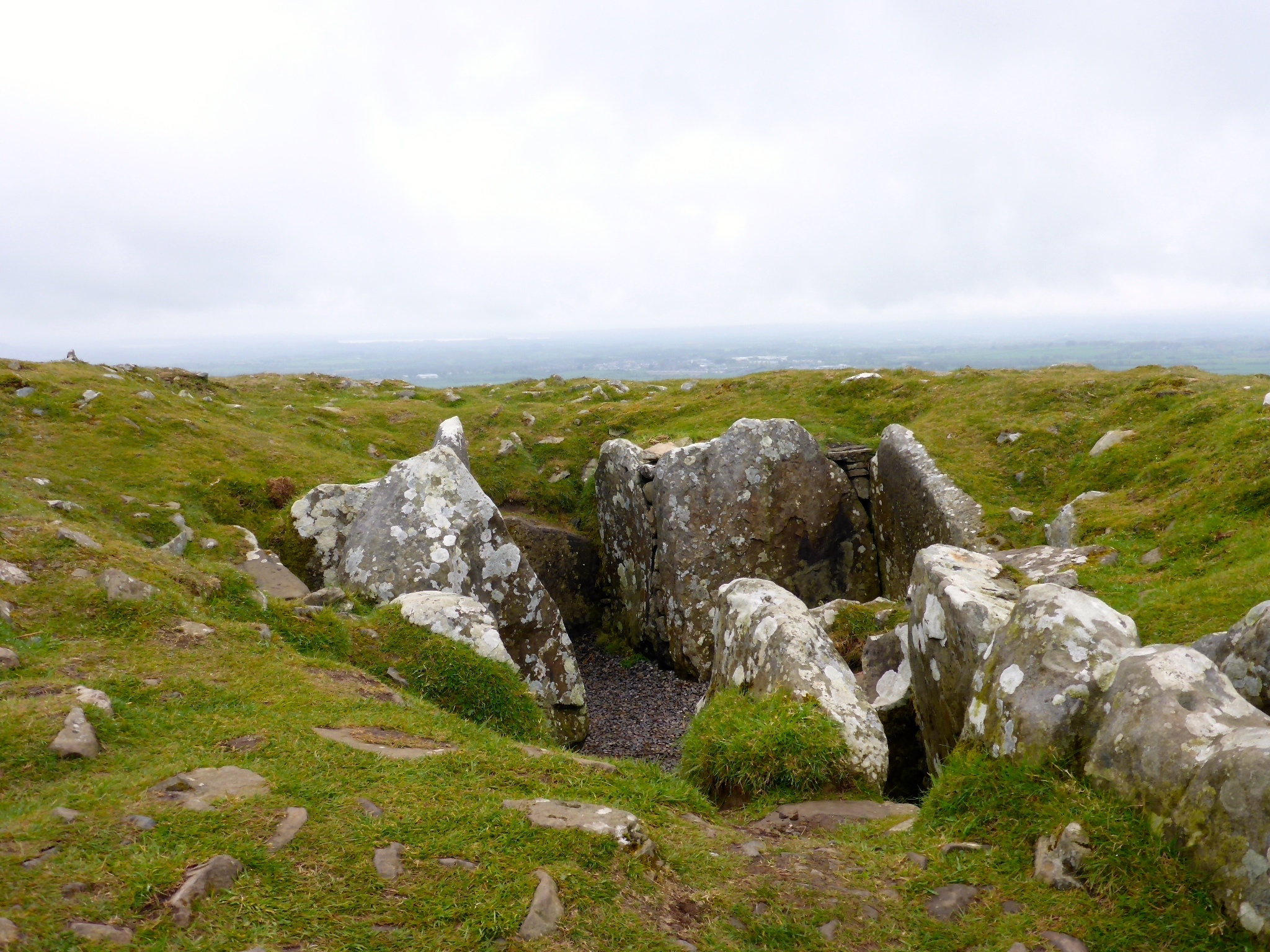
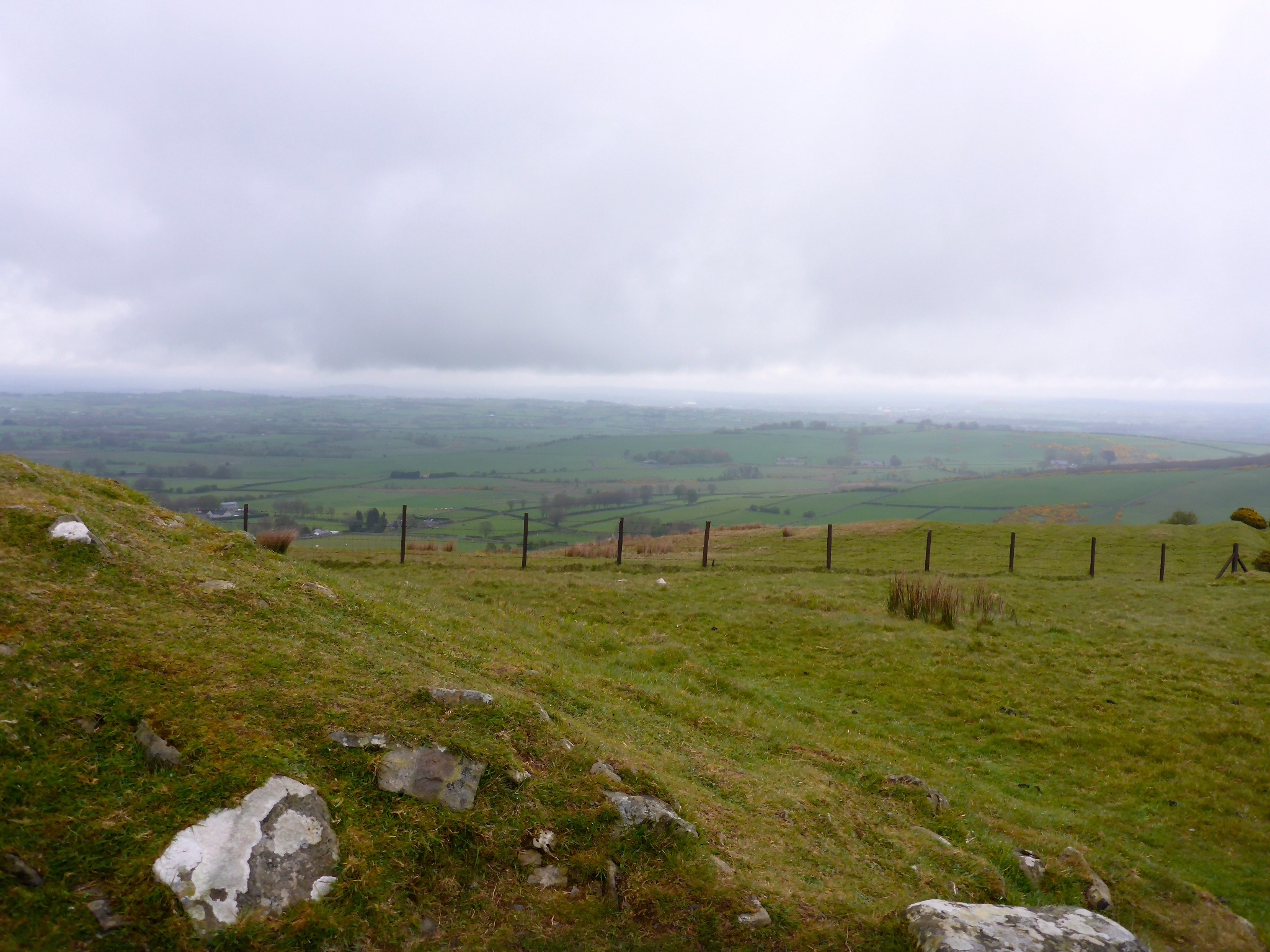

Newgrange
As we proceeded to drive throughout Boyne Valley, we had an opportunity to stop by and take some photos, but not step onto the grounds, of Newgrange. Similarly to Loughcrew Passage Tomb, Newgrange is also a Megalithic Passage Tomb. Because I didn’t tour Newgrange, I only read up on it afterwards. Check out some of my photos.
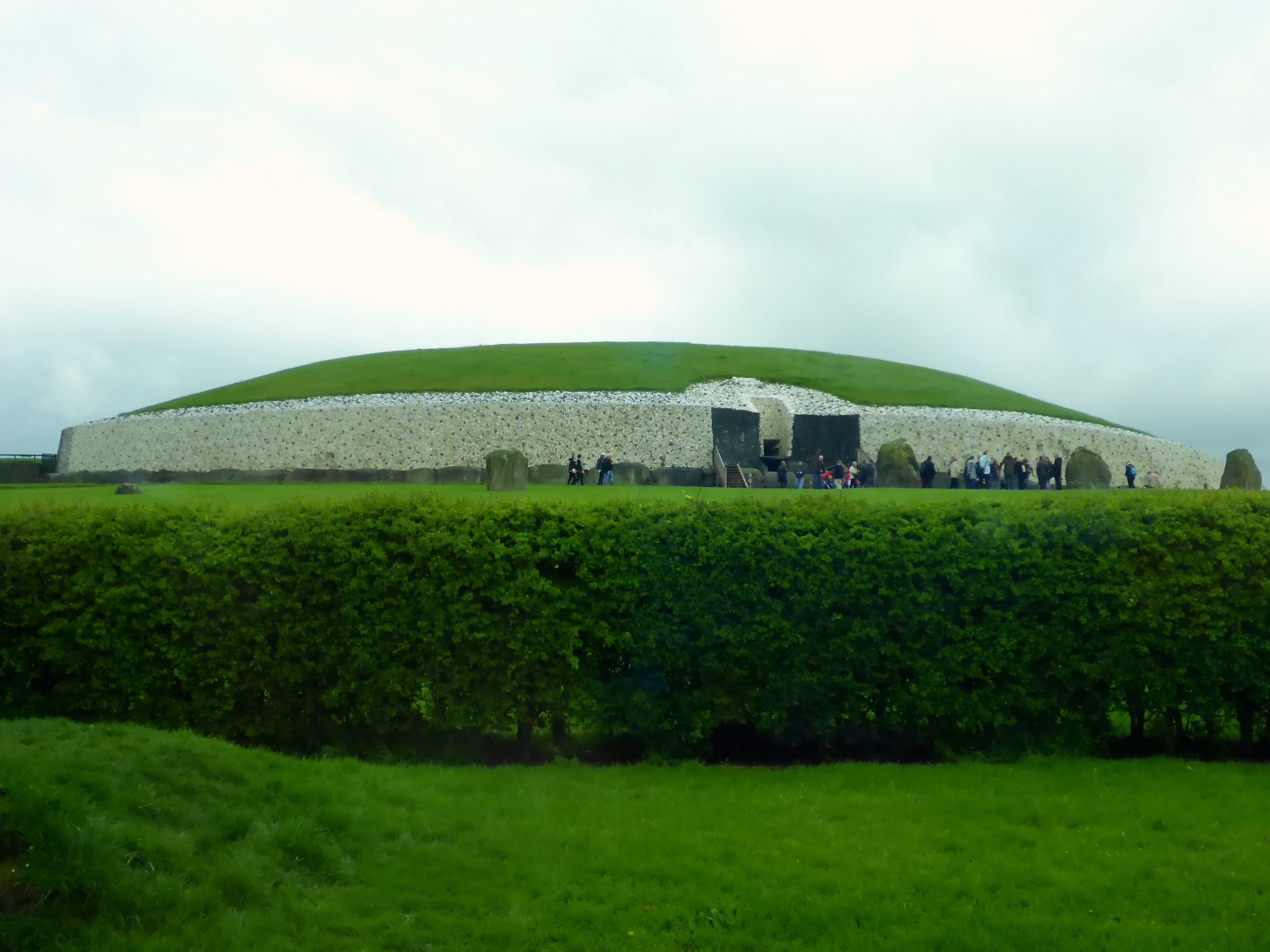
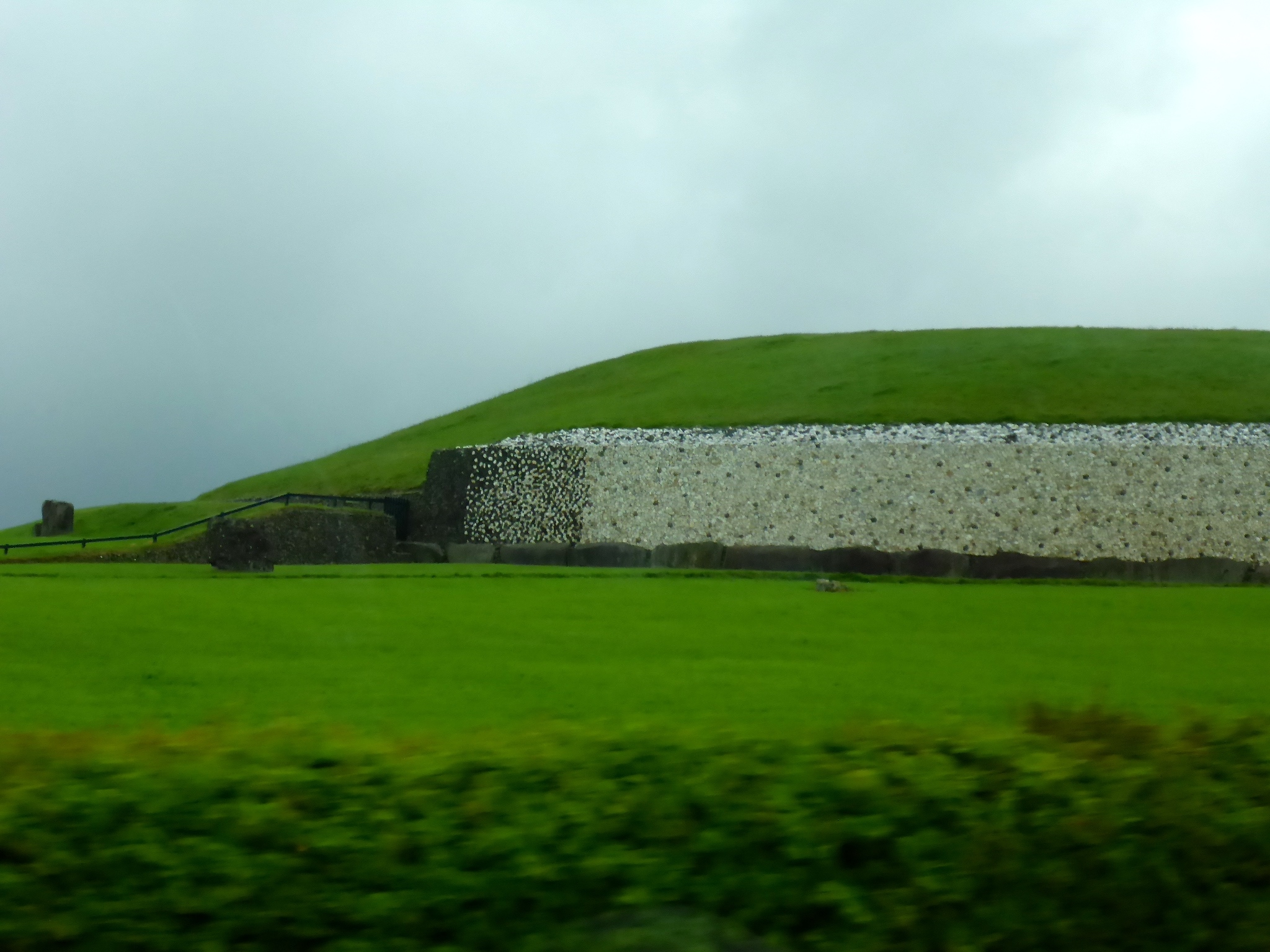
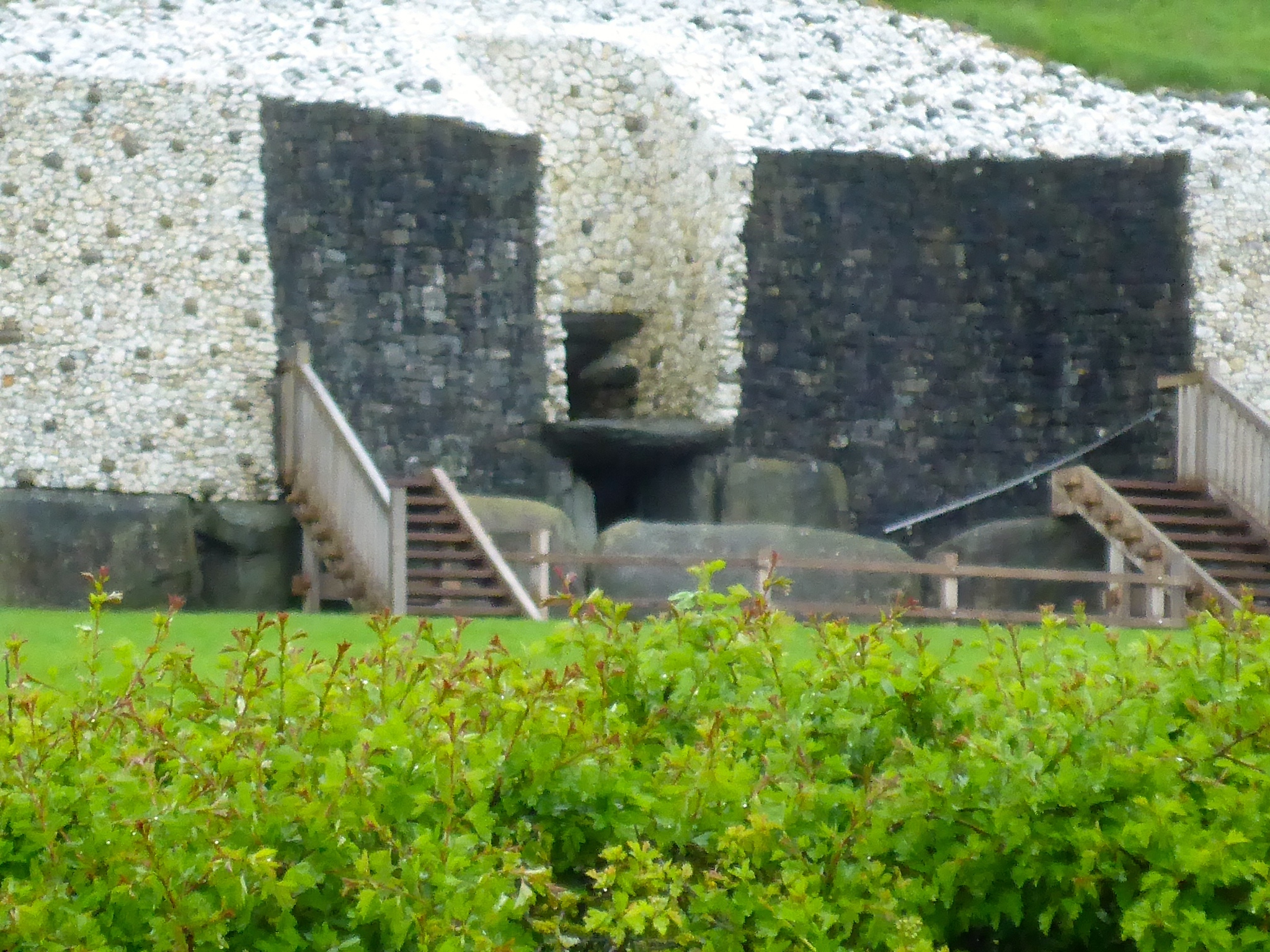
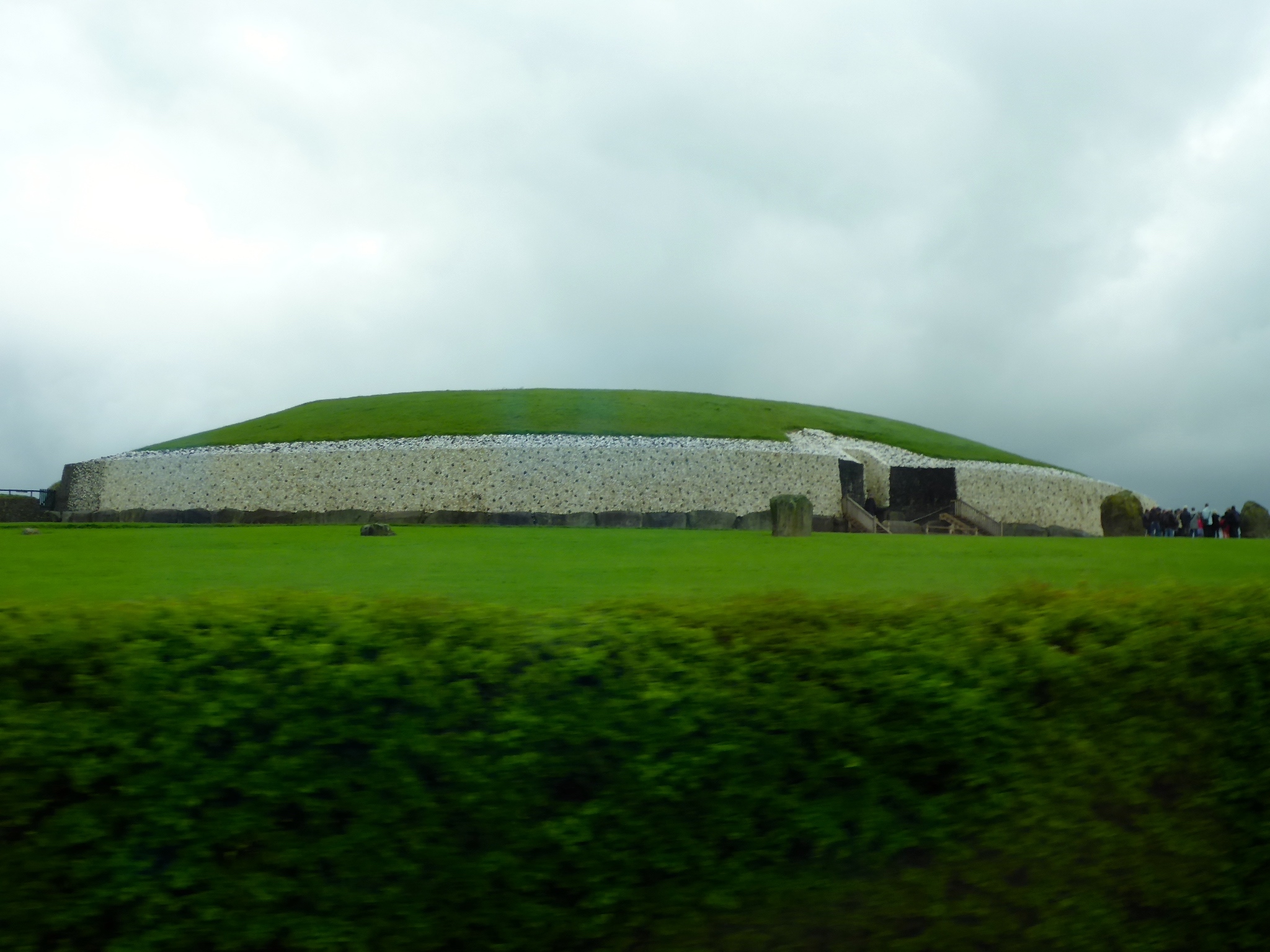
Monasterboice
Our last stop of this journey was to the town of Drogheda, and its historic ruins of Monasterboice, an early Christian 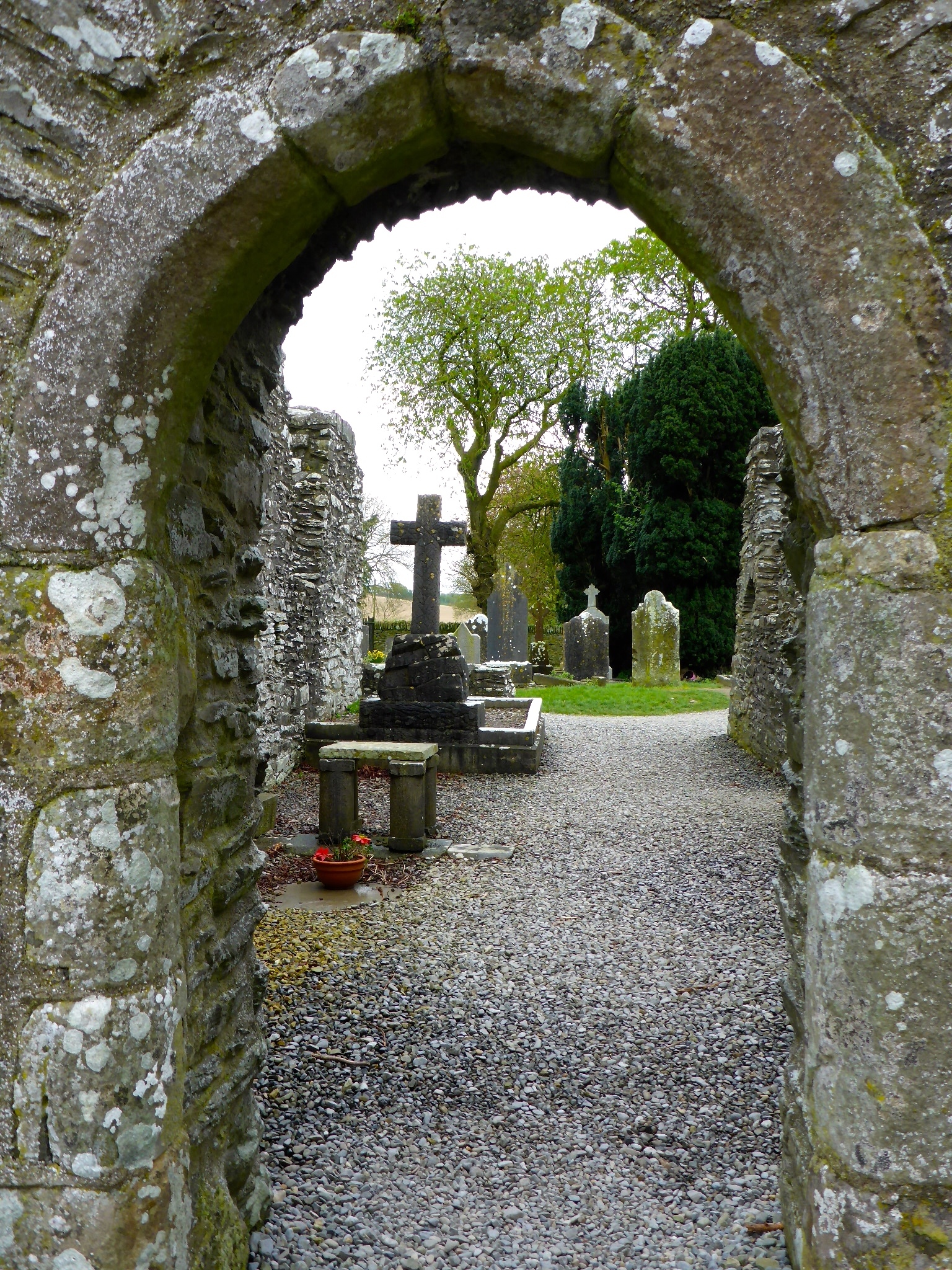 settlement in County Louth. Founded in the late 5th century by Saint Buite, a follower of Saint Patrick. It was an important religious centre until the establishment of nearby Mellifont Abbey by the Cistercians in 1142.
settlement in County Louth. Founded in the late 5th century by Saint Buite, a follower of Saint Patrick. It was an important religious centre until the establishment of nearby Mellifont Abbey by the Cistercians in 1142.
As you walk through Monasterboice, you will find yourself upon beautiful stone arches and structures, as well as tombstones in the graveyards. The High Crosses and the Round Tower are also a highlight of this settlement. All of which produced stunning imagery as the crosses had a lot of intricate carvings and each tell a story.
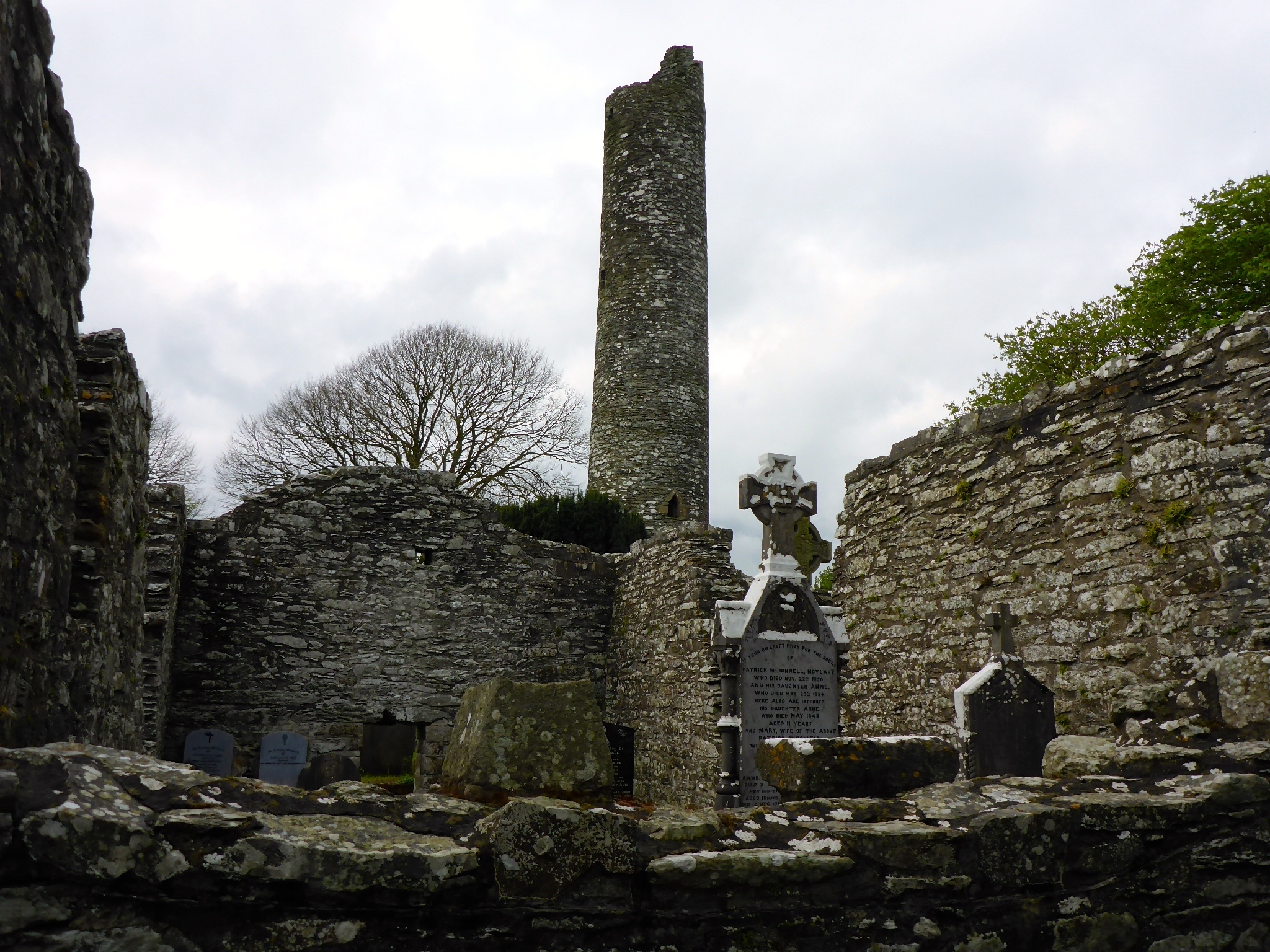
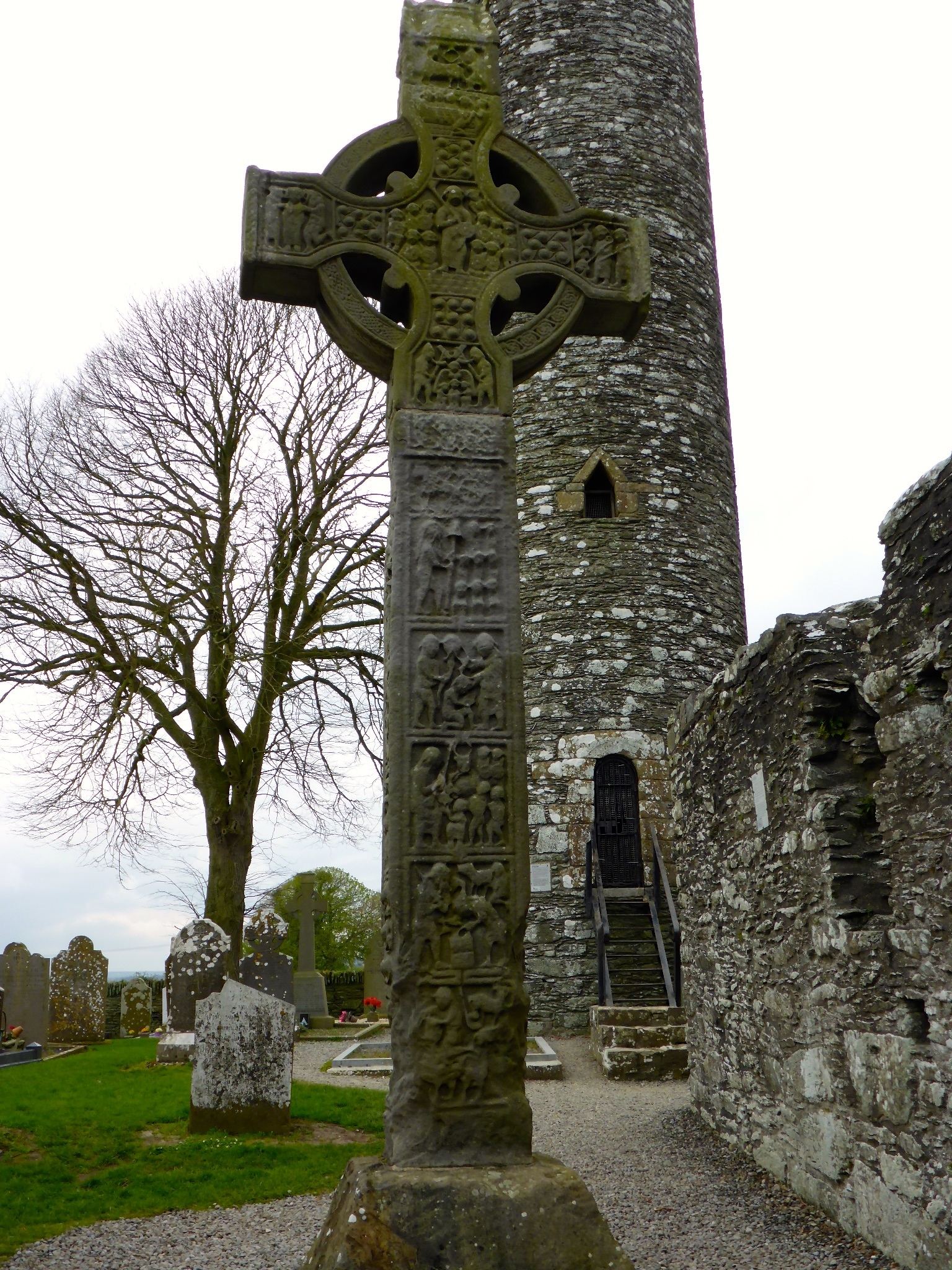
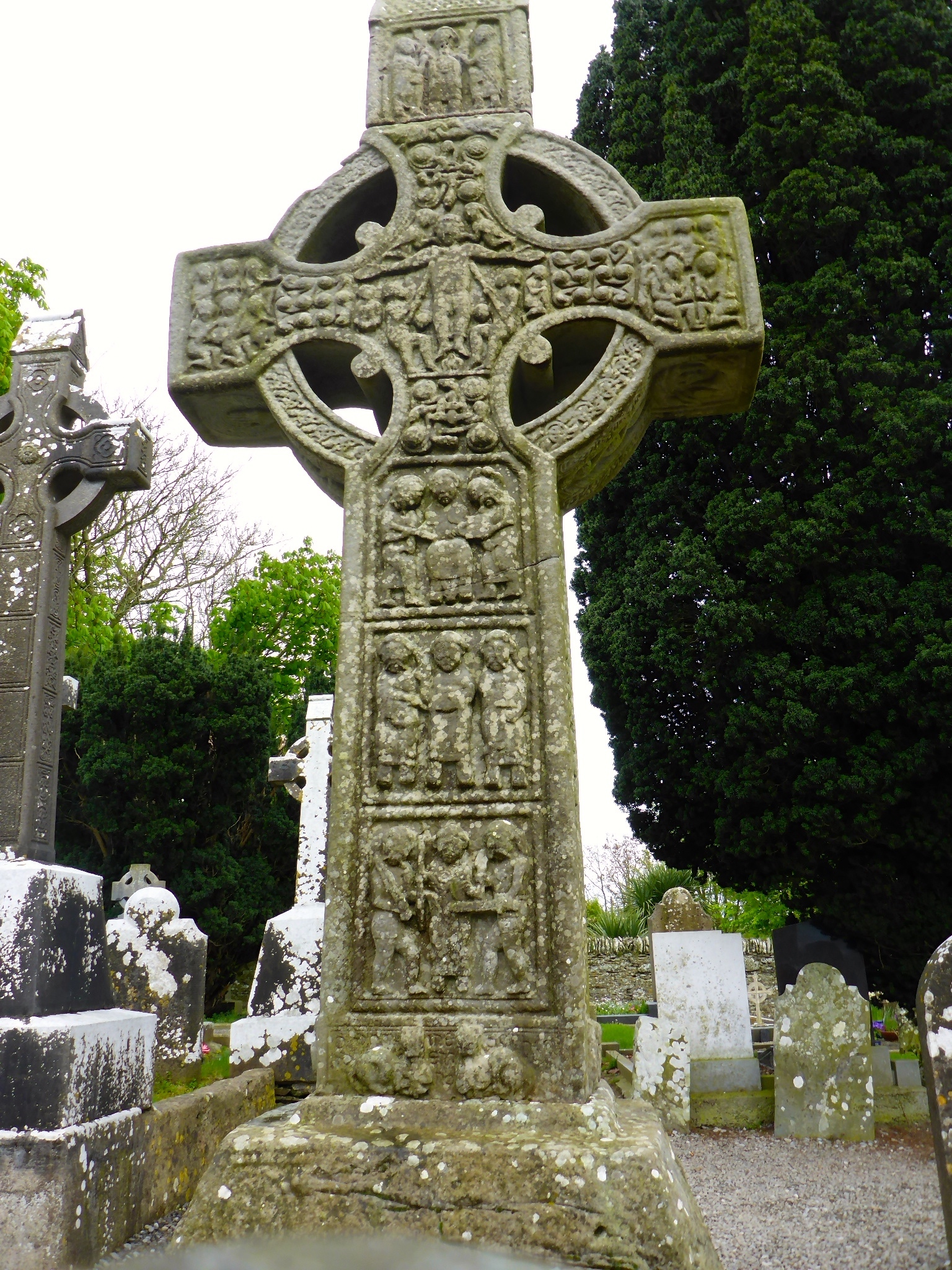
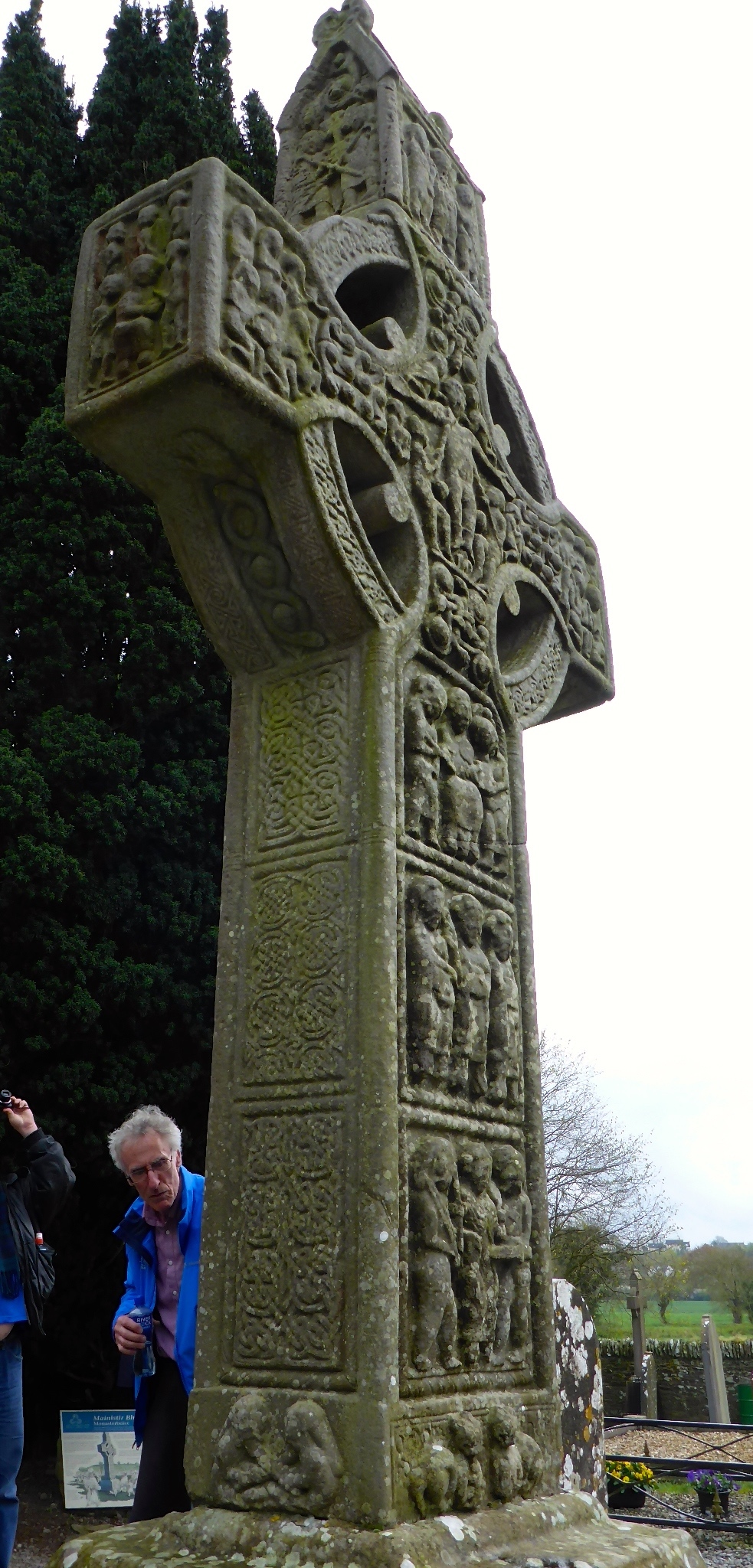
Also in Drogheda, was St. Peter’s Roman Catholic Church (not to be confused with an Anglican church of the same name in town as well). The Roman Catholic church is famous for its tall west gable, rose window, and for the shrine of Saint Oliver Plunkett. For all you history buffs, Oliver Plunkett was executed in London in 1681 before being canonized in 1975. The shrine includes his preserved decapitated head in a glass enclosure (unfortunately no decent picture I attempted to take turned out), and the original prison door from where he was imprisoned in London.
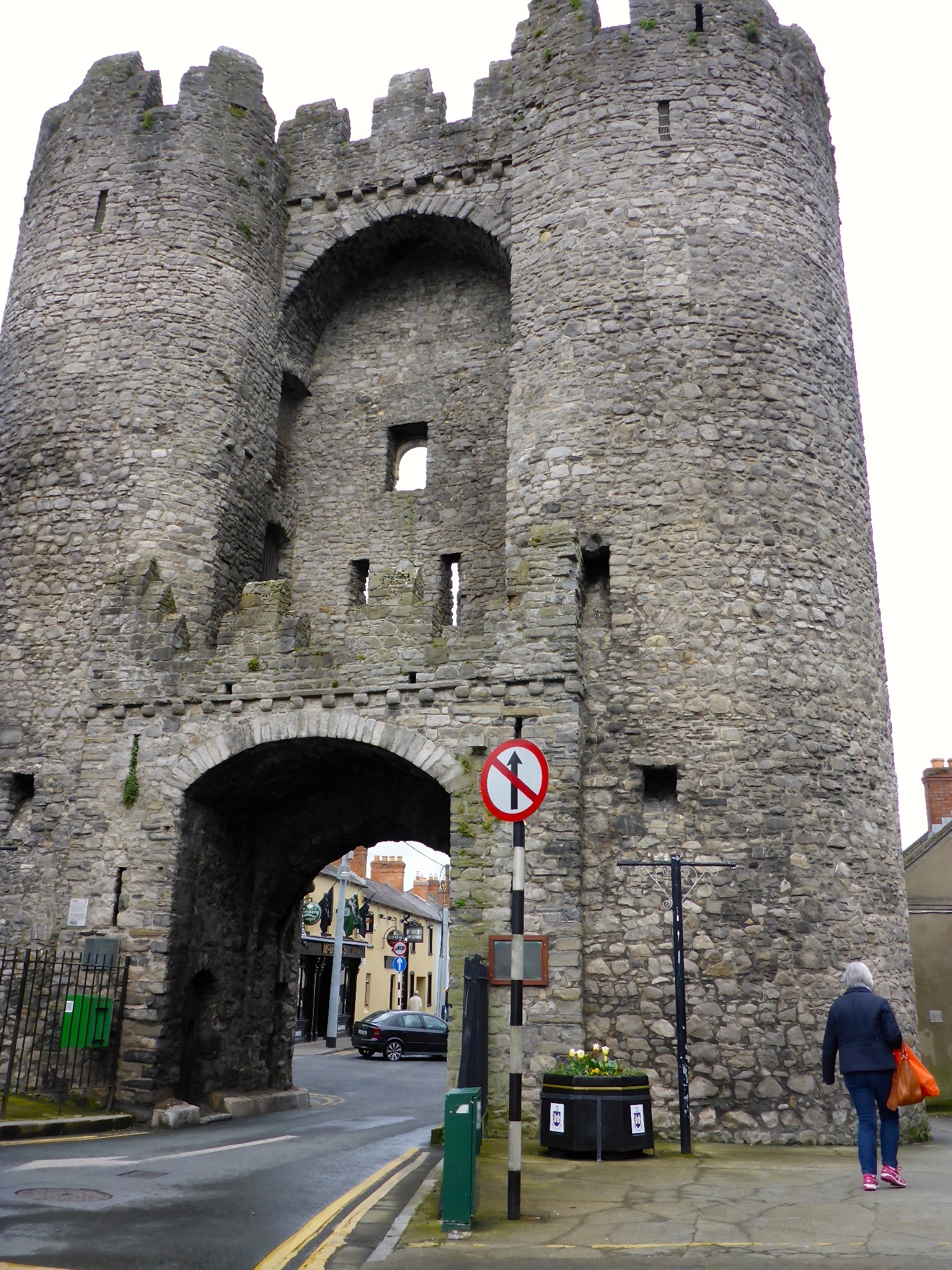
St. Laurence’s Gate, Drogheda, Ireland
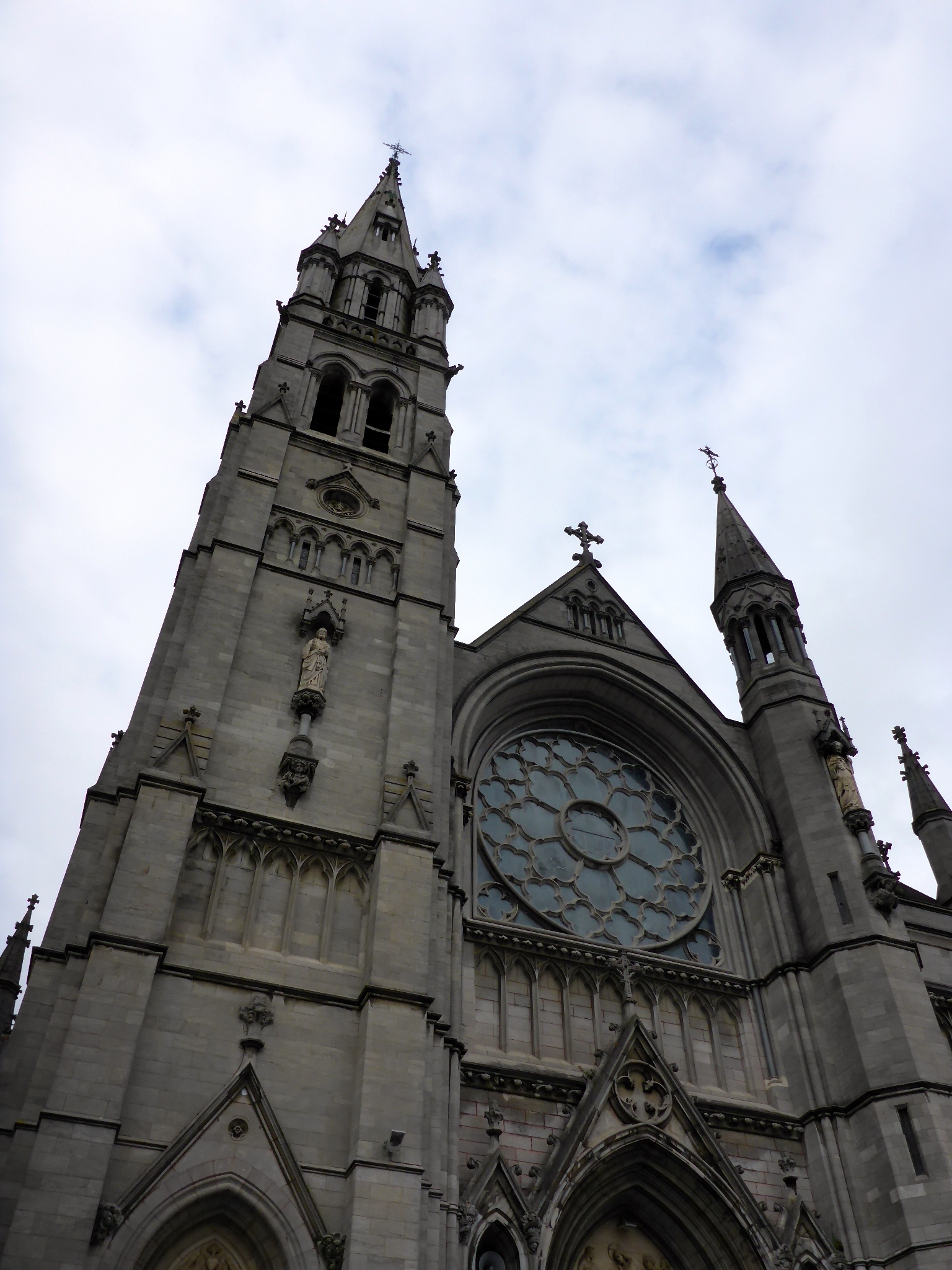
St. Peter’s Roman Catholic Church
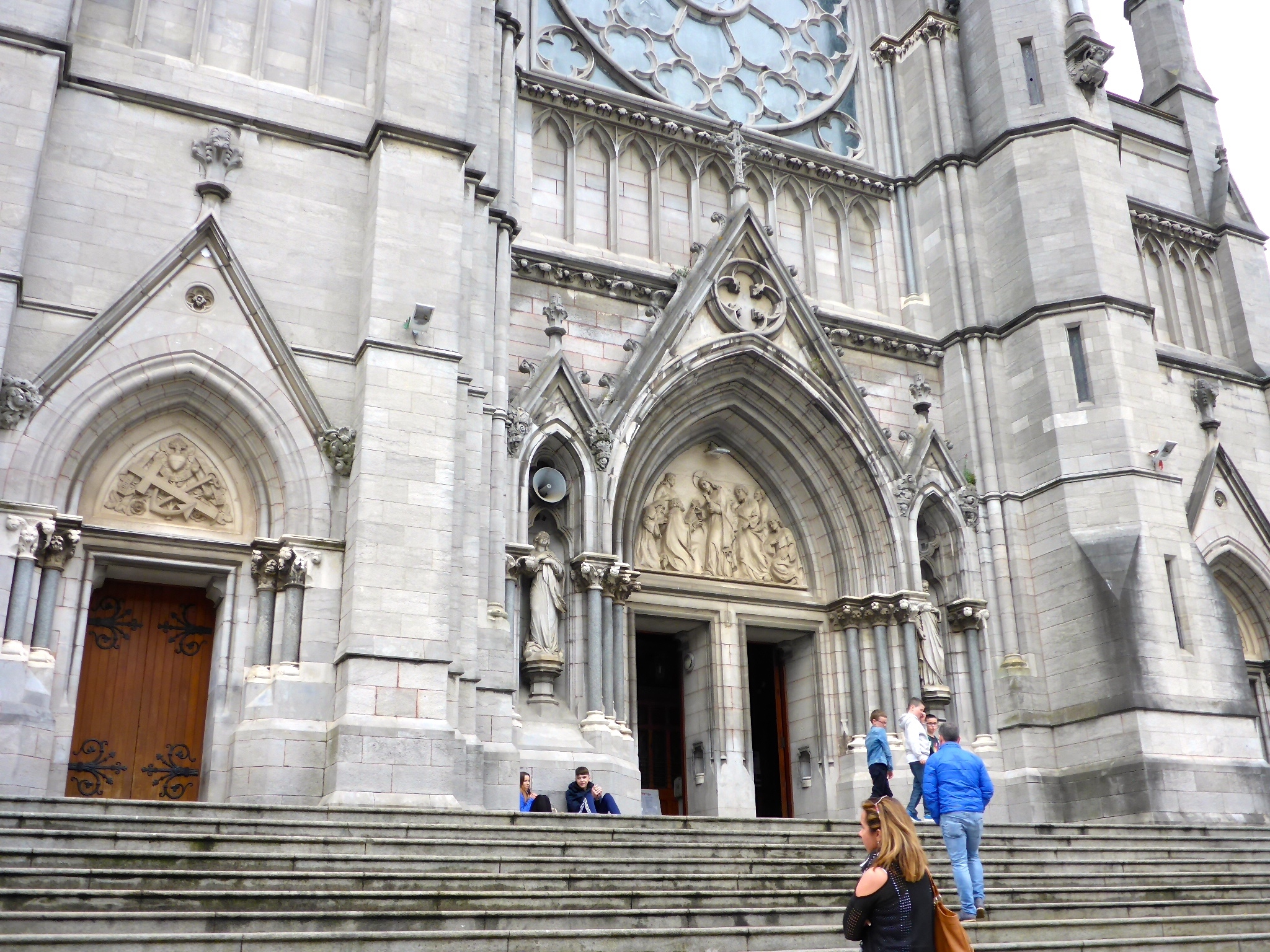
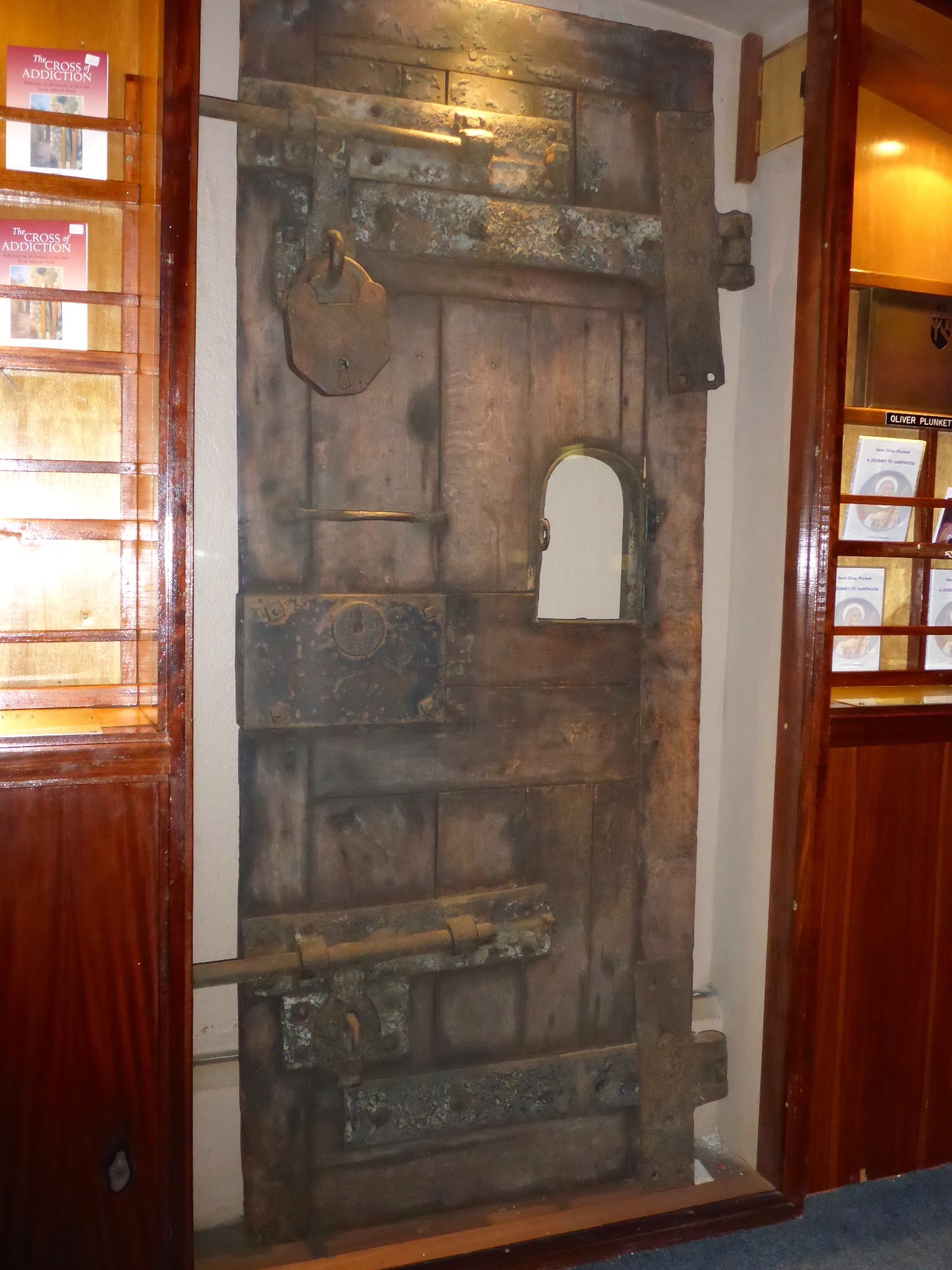
The door of Oliver Plunkett’s cell from Newgate Prison, where he was for 8 months before his execution.
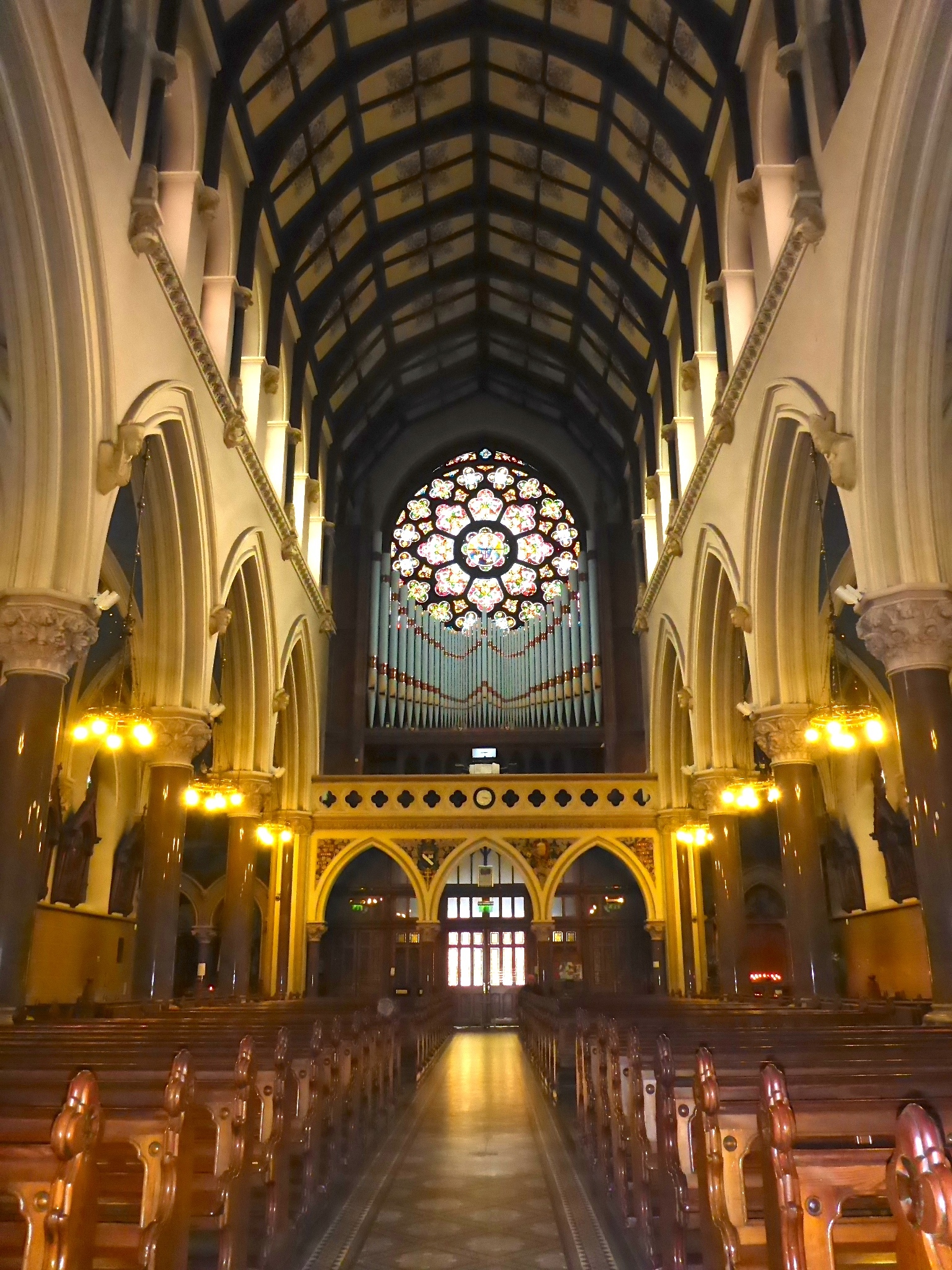
The Rose Window from a distance
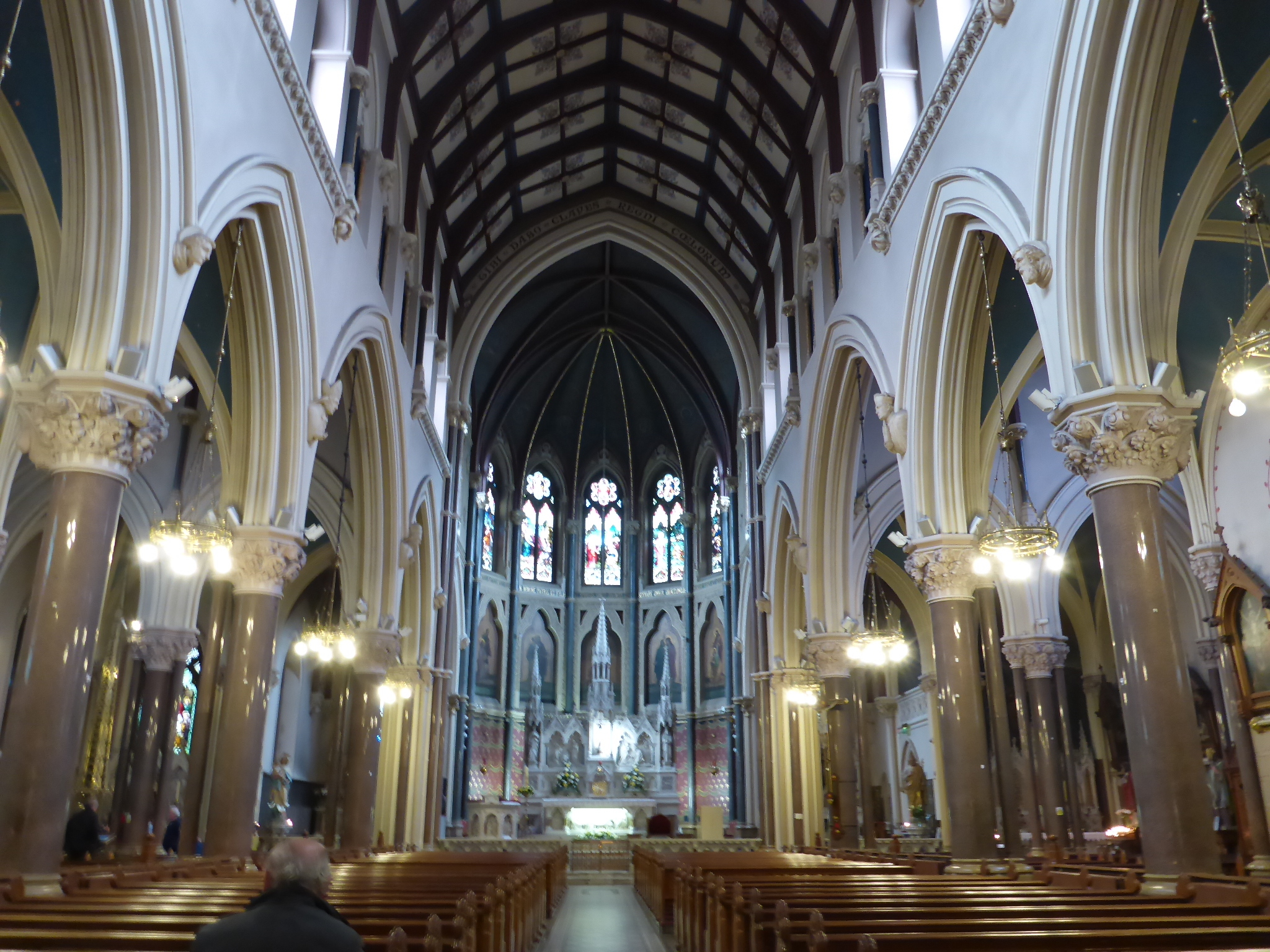
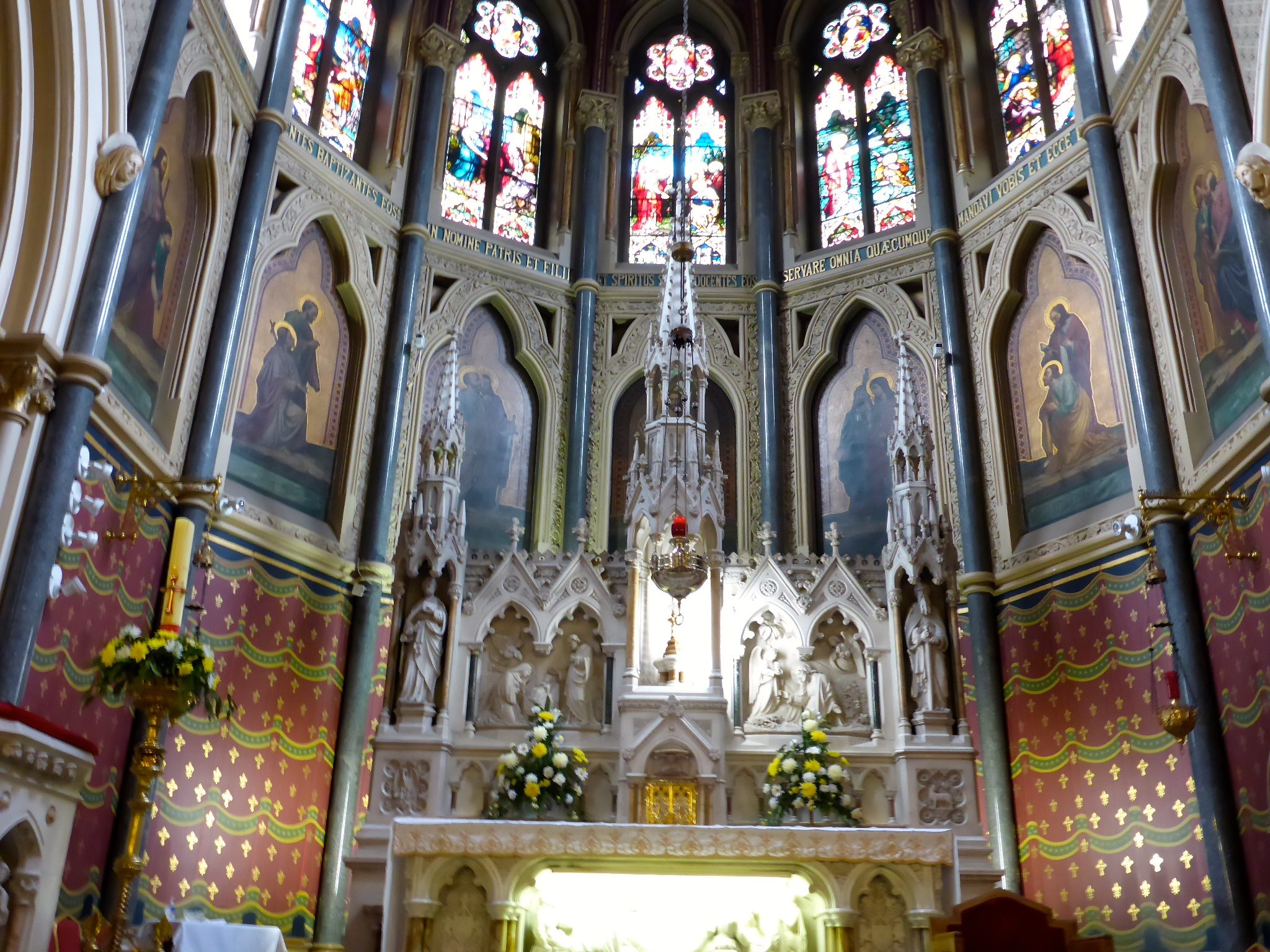
For anyone who knows me, knows how much I love seeing the inside of churches. So many beautiful colours, designs, structures, organs, musical sounds, paintings, tapestries, and countless diversity of work made from stone, glass, wood or marble. Pictures I take never seem to do what I see justice when I’m in a church, but this one is stunning.
Well that’s it for this part of my journey. It was a great way to spend the day. After arriving back in Dublin for my last day, I wanted to enjoy again the very famous and ridiculously fun The Temple Bar that I previously wrote about. Don’t forget you can find me on Facebook, Instagram, and Twitter. Cheers everyone!
